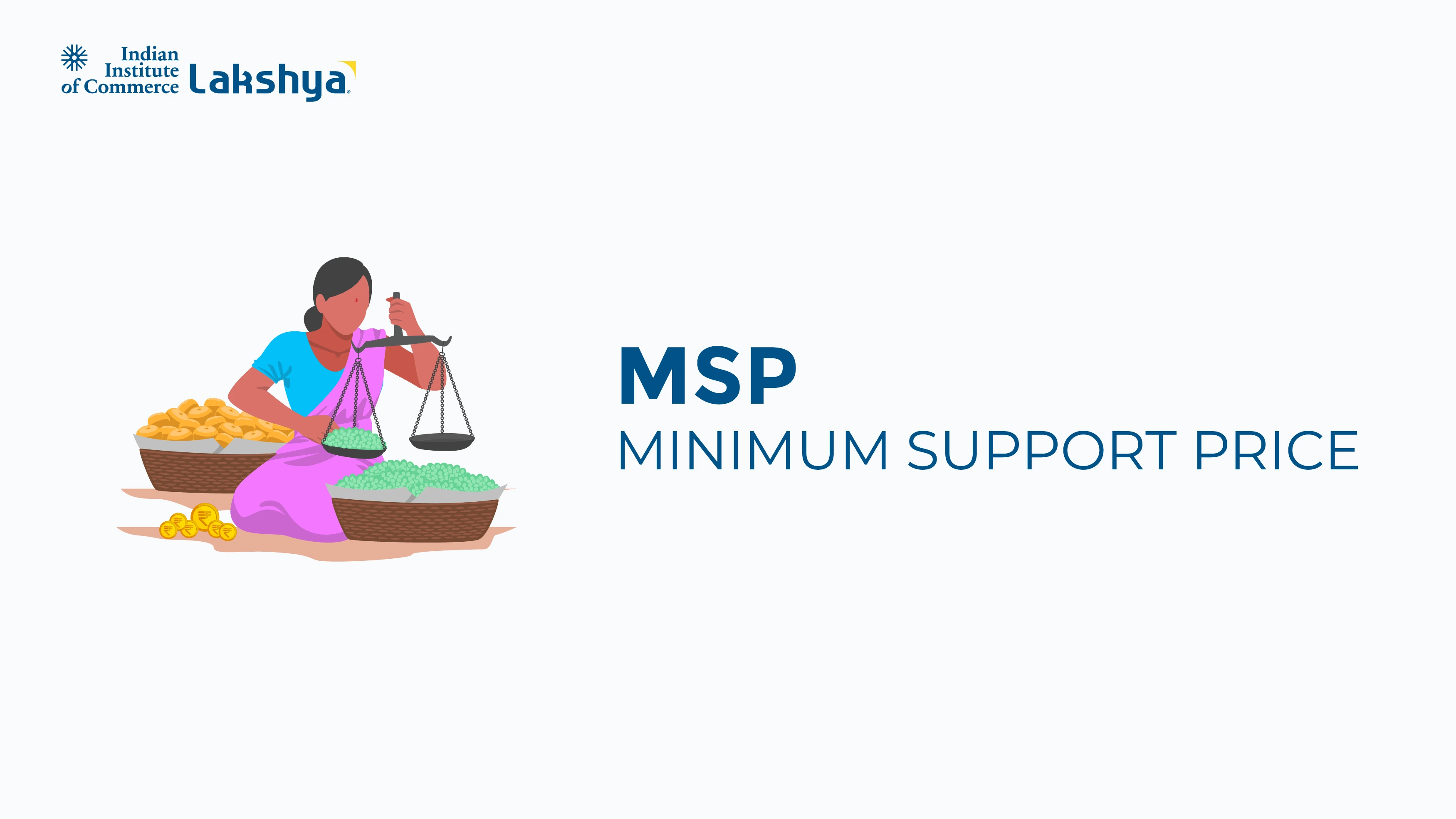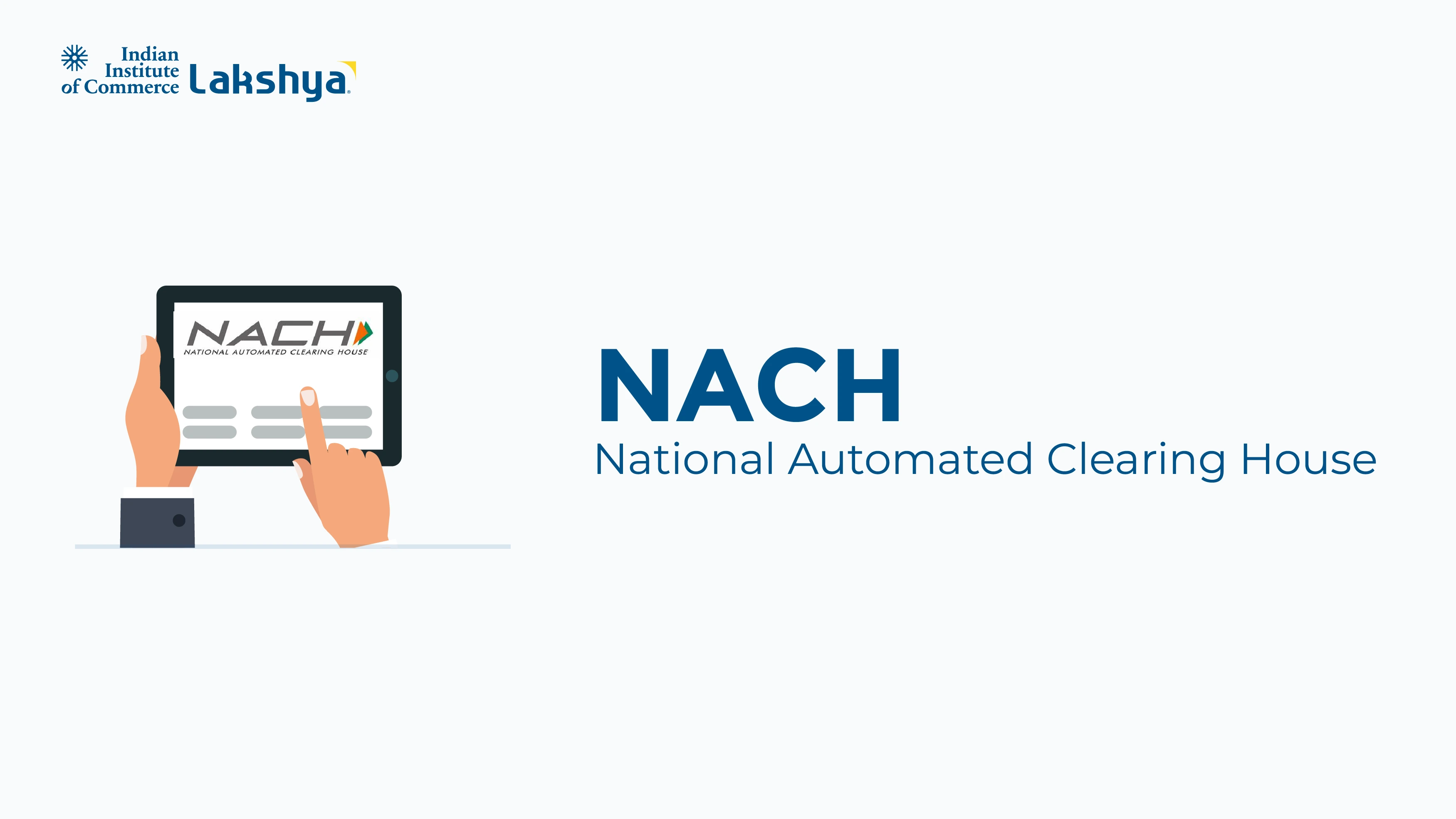Forms of Business Organization - What are the key types?
Last Updated On -09 Jun 2025
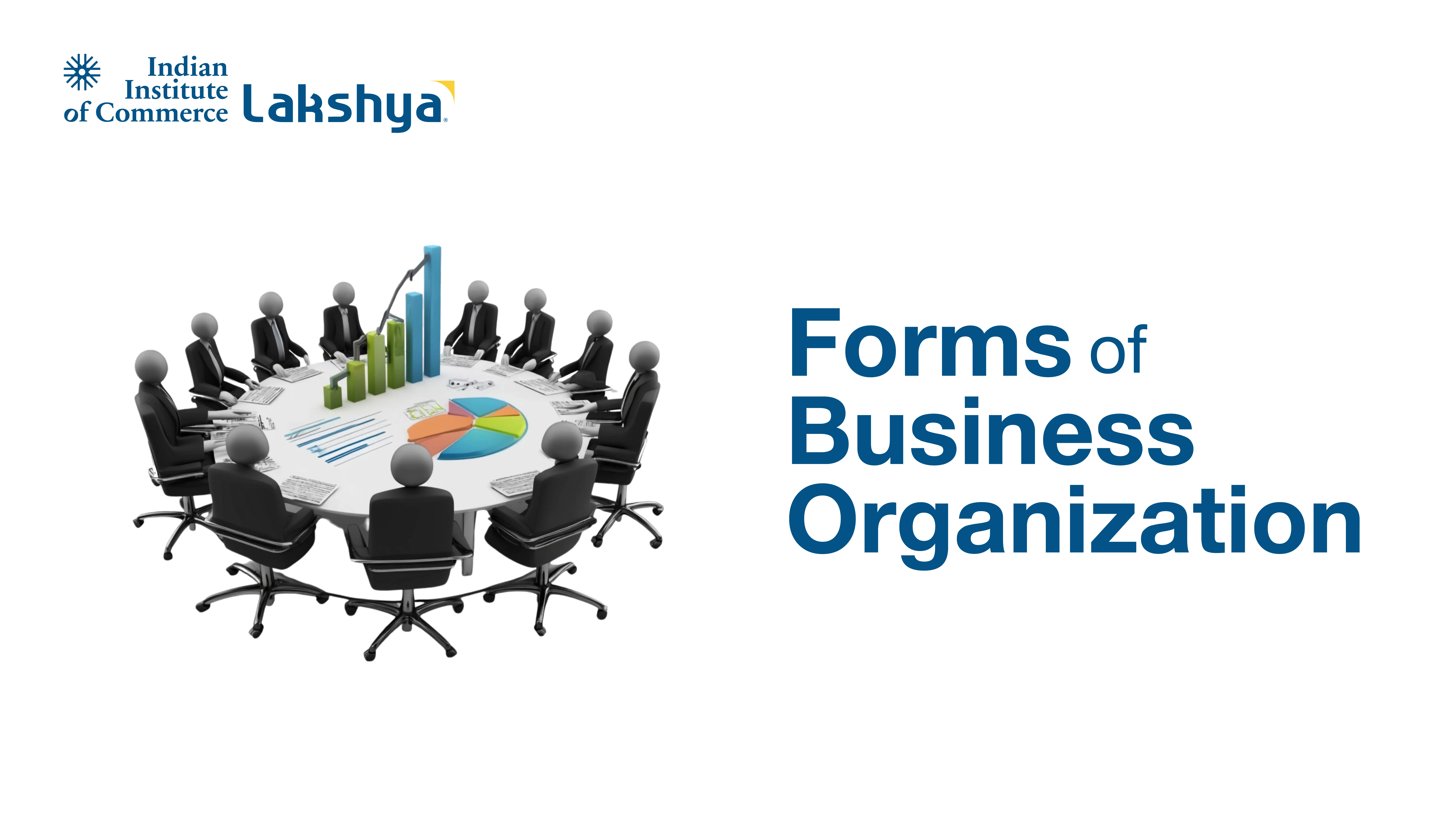
Choosing the right form of organization is one of the crucial steps in shaping the future of your enterprise. When starting a business, the legal standing of the organization, capital distribution, profits and managing liability are significant steps that determine the public and financial image. This form of business organization helps in determining the control level and the exposure to risks which leads to the scalability.
What is a Business Organization?
A business organization is the framework on which the organization operates. It determines how the business legally functions and the profit and loss account. The business organization has multiple forms, all of them with different needs and objectives. The limitation to each and every business type differs from each other given the objectives and advantages. The choice mainly depends on the nature and scale of business.
Types of Business Organization
When about to start a business, it is important to understand the role and responsibilities of the company and the form of service it stands to provide. These are the governing factors while choosing the organization. It determines the level of control on decisions and profit or loss. The future scalability of any entrepreneurship depends on the path chosen. Thus, understanding the form of business organization lays a solid foundation.
The different forms of business organization are listed below:
1. Sole Proprietorship
The sole proprietorship is a simple and common form of organization. This form of organization is owned and run by a single individual. That person is “solely” responsible for all the aspects of business. This kind of organization is mostly seen in small-scale businesses. The proprietor or the owner enjoys all the profits however with unlimited liability. This leads to suffering from loss of personal assets in case of any loss in the business. Examples are a local grocery store, freelance graphic designer, or a street food vendor.
Here’s listed the features of sole proprietorship:
- Unlimited liability
- The proprietorship is easy to dissolve and operate
- Minimal compliance and efficient regulation
- Certain limitations while raising large capital
- The business cannot sustain beyond owner’s involvement
- Direct incentive from the profits
2. Partnership
A partnership arises when two or more people come together to form a business with the intention of profit sharing. It is like a bond between individuals who get together to operate a business. It is a legal form of business organization to earn a profit. All small and medium-sized businesses prefer Partnerships as they offer an efficient foundation and flexibility.
The key to a successful partnership is a carefully plotted partnership deed in accordance with the Partnership Act of 1932. Strong and healthy communication among the partners is a key stepping stone to long-term business. Before jumping the gun, each member needs to be clear about the significant characteristics of the partnership and the business.
The key features of a partnership are:
- There must be a mutual agreement between all the partners with a clear and documented set of rules. All the profit-sharing ratios and responsibilities should be outlined in the agreement.
- According to the Indian Partnership Act of 1932, a partnership must have a minimum of two partners and can have a maximum of 20 partners.
- All the partners should have a pre-decided ratio for profits and losses, which must be documented.
- All the partners have unlimited liability in a general partnership, which leads to the personal assets being used to settle the business.
- All the partners are agents for the partnership and have an equal impact on the business, which makes trust among them an essential tool.
3. Hindu Undivided Family (HUF)
The Hindu undivided family or HUF is a form of organization in India which operates under the hindu law. It is primarily formed by a family of Hindus, Buddhists, Jains, or Sikhs and is run by the eldest male member, known as the “karta”. The remaining people are members who share the ownership but have limited ownership. This kind of ownership lacks flexibility and the decision-making rights.
The features of a hindu undivided family are:
- This form of business operates from succession and continuity
- No place for fresh formation as the business passes from one head of family to another
- The karta has complete authority and control over all the decisions of business
- All the male members are co-parceners
- Joint liability
- Tax benefits under the Indian income tax law
- Limited to the hindu families
4. Co-operative Society
A co-operative society is an association of people who get together to promote a common economic interest. This kind of organization is governed by the Co-operative Societies Act. all the members put in their resources to provide all the services and support. This kind of organization are mostly seen in rural or semi-rural areas. The people come together to access credit and procure raw materials. Examples are dairy cooperatives like Amul and rural credit societies.
The features of a co-operative society are following:
- Proper democratic control where one member one vote policy
- The organization is nit profit-driven but built with mutual help
- Limited liability
- The organization is registered under the Co-operative Societies Act
- The hallmark is democratic control with the principle of “one member, one vote”
- It is easy to form
- The business is service oriented
- Stable existence with smooth governance
- Government support for operations
- Limited capital availability with low resource availability
- Inefficient management chances are high
- There is political interference in some cases
5. Company (Private & Public)
- Private Limited Company: It is a legal entity that is separate from its owners. It is governed by the Indian Companies Act 2013. The shareholders possess limited liability protection and restricted share transfers in a private limited company. The minimum and maximum number of members are two and hundred. The whole structure offers better credibility and management. The funds are easier to access from the private investors or venture capitalists. Example is a startup which is aiming to grow while retaining control. This kind of organization demands more documentation and regulatory compliance with periodic audits. Small teams can be resource-incentive.
- Public Limited Company: It is the most structured and complex form of ownership in an organization. It offers shares to the public and is listed on the stock exchange. The structure allows raising large scale capital. This increases transparency due to the mandatory disclosure. The strict regulatory oversight by SEBI. The public company comprises at least seven members and adheres to the extensive rules and regulations. The governance, reporting, and financial accountability is all part of the dynamic. The public companies have the advantage of a large capital and wide public recognition. There are challenges related to loss of control and heavy compliance. The exposure to market fluctuations might also lead to losses.
What are the key comparison points between the Forms of Business Organization?
The right form of business organization is based on a lot of factors like the nature and size of the business. The amount of capital invested and all the acquired risks decide the longevity and the control of the business. Every business type is formed on the need and availability of members and resources.
The key comparison points between the Forms of Business Organization is tabulated below:
|
Form of Business |
Ownership |
Liability |
Capital access |
Continuity |
|
Sole Proprietorship |
Single owner |
Unlimited |
Limited |
No |
|
Partnership |
2 or more partners |
Unlimited |
Moderate |
Limited |
|
Hindu Undivided Family (HUF) |
Hindu family |
Joint |
Limited |
Yes |
|
Co-operative Society |
Members |
Limited |
Moderate |
Yes |
|
Private Limited Company |
2-200 shareholders |
Limited |
High |
Yes |
|
Public Limited Company |
Public shareholders |
Limited |
Very high |
Yes |
Learn More
Explore different topics in depth—read the Commerce Concepts for 11th and 12th now!
Frequently Asked Questions (FAQs)
What form of business organization is the best for small businesses?
It usually depends on the objectives of the owner, however sole proprietorship is ideal because of its simplicity and ease of setup.
How does liability vary among different business organizations?
Liability varies in the sole proprietorship and partnerships where the owners have unlimited liability whereas in private and public companies the liability is limited.
Can I change the business organization later?
Yes. the businesses evolve and change their form with time and resources. For example, a sole proprietorship can be converted to a private limited company as it expands.





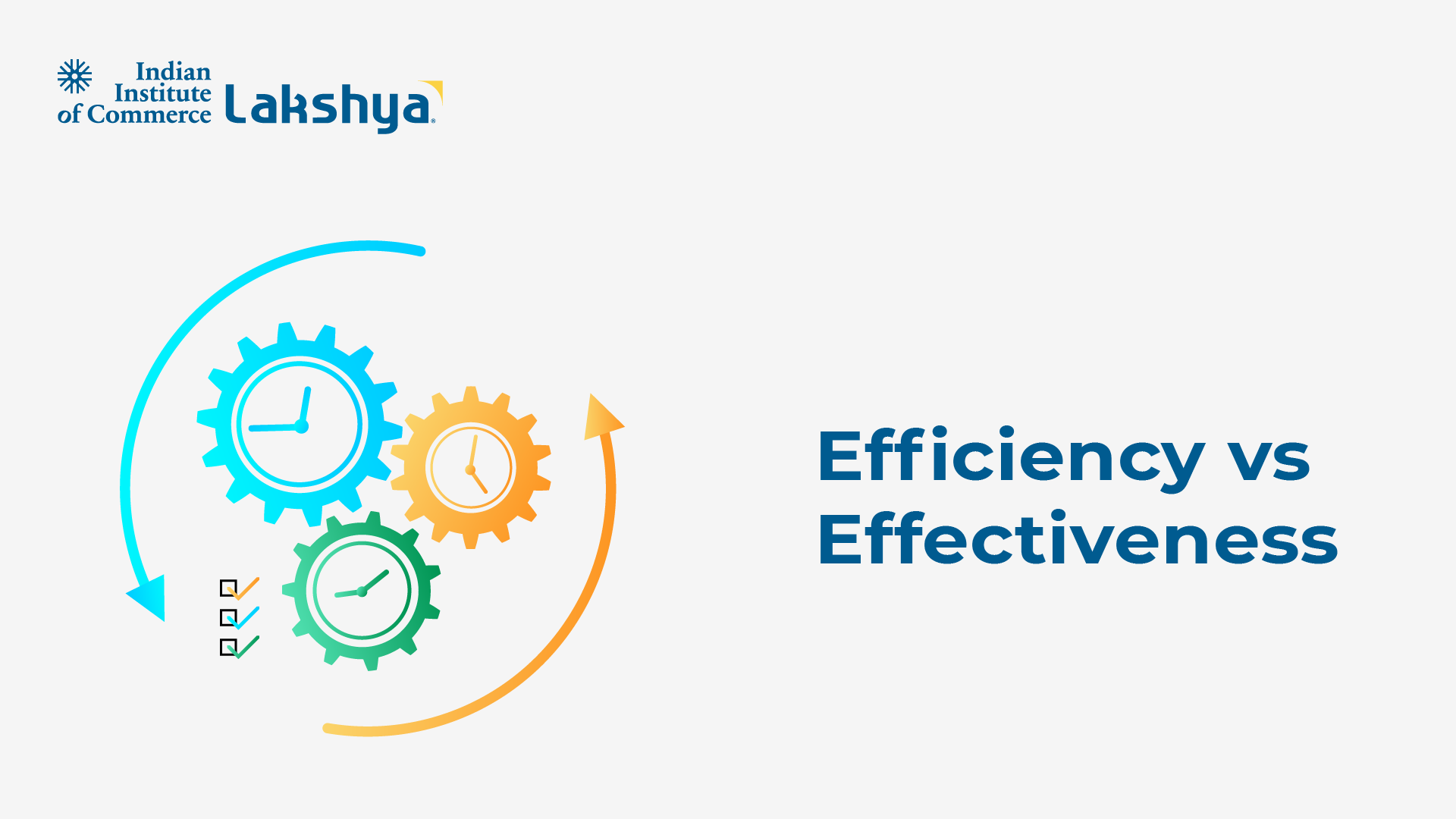






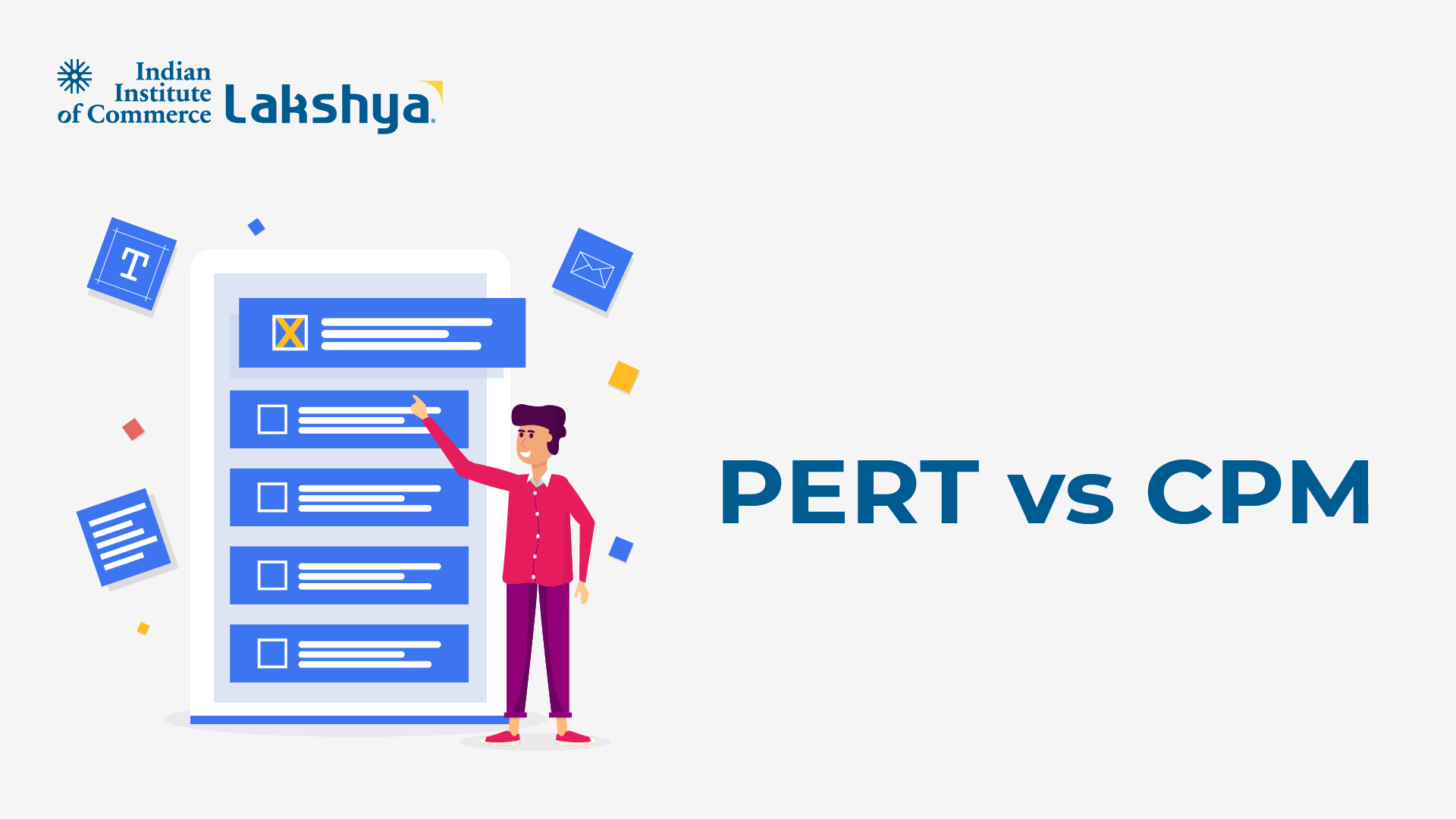






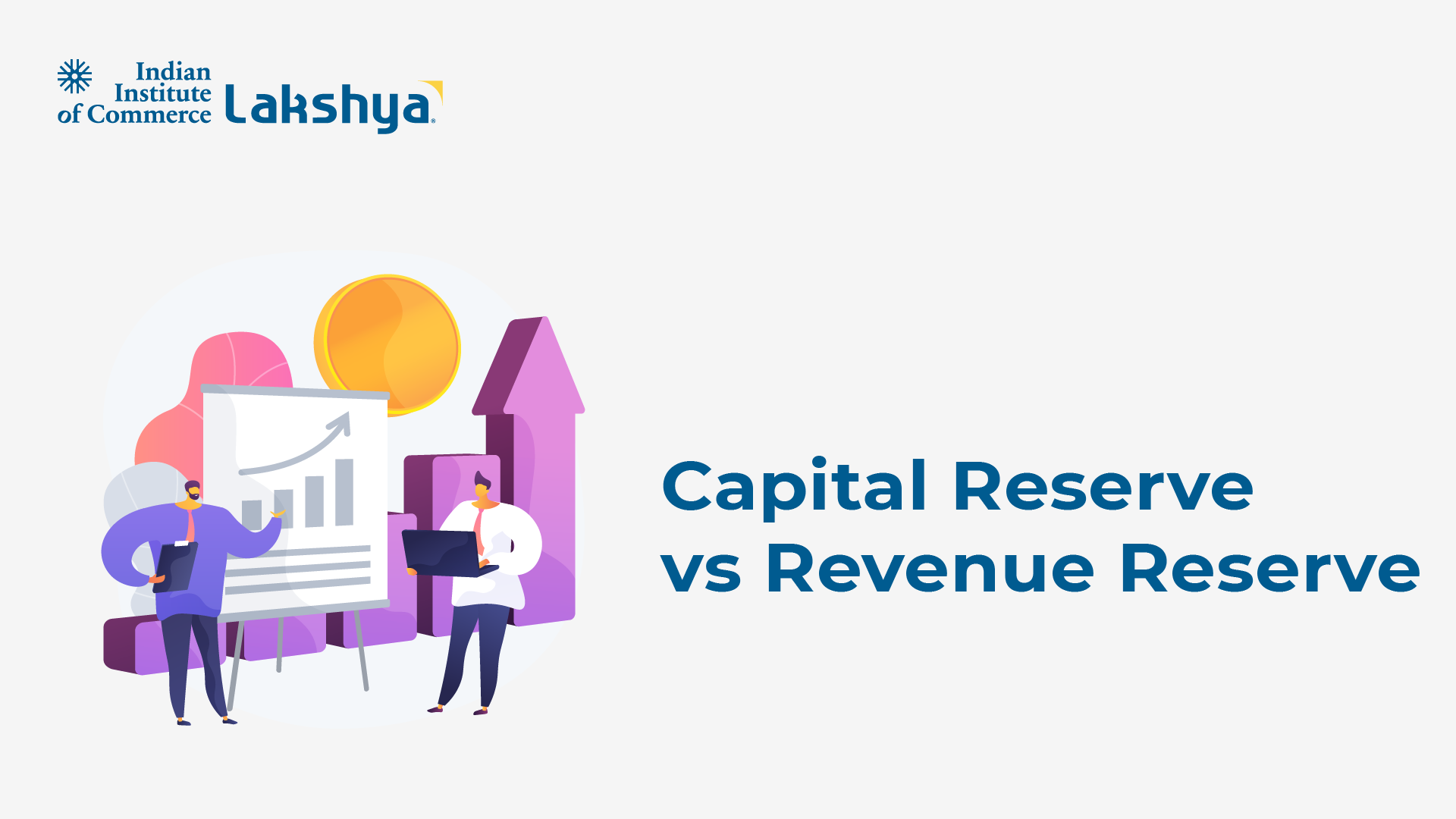
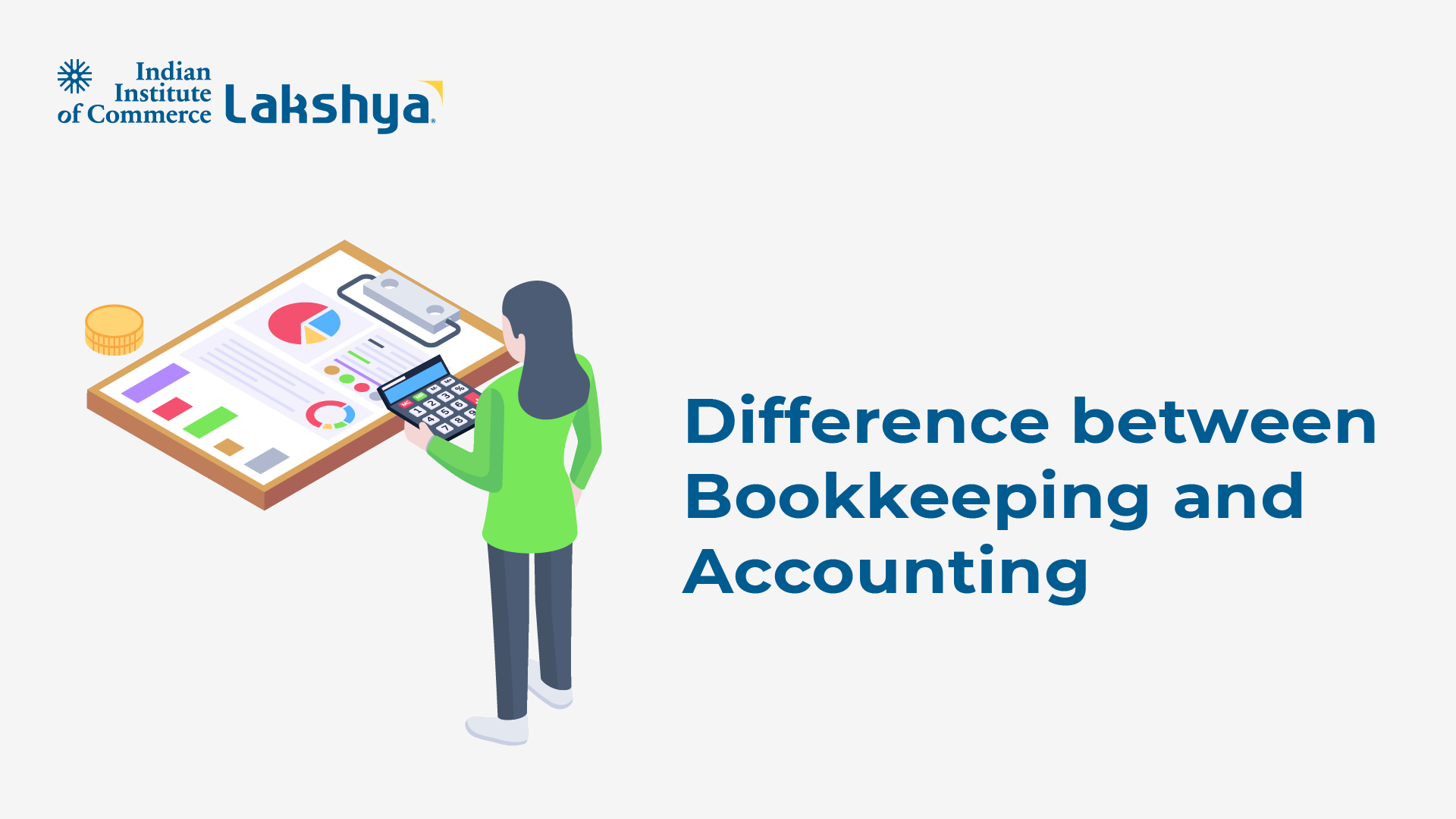










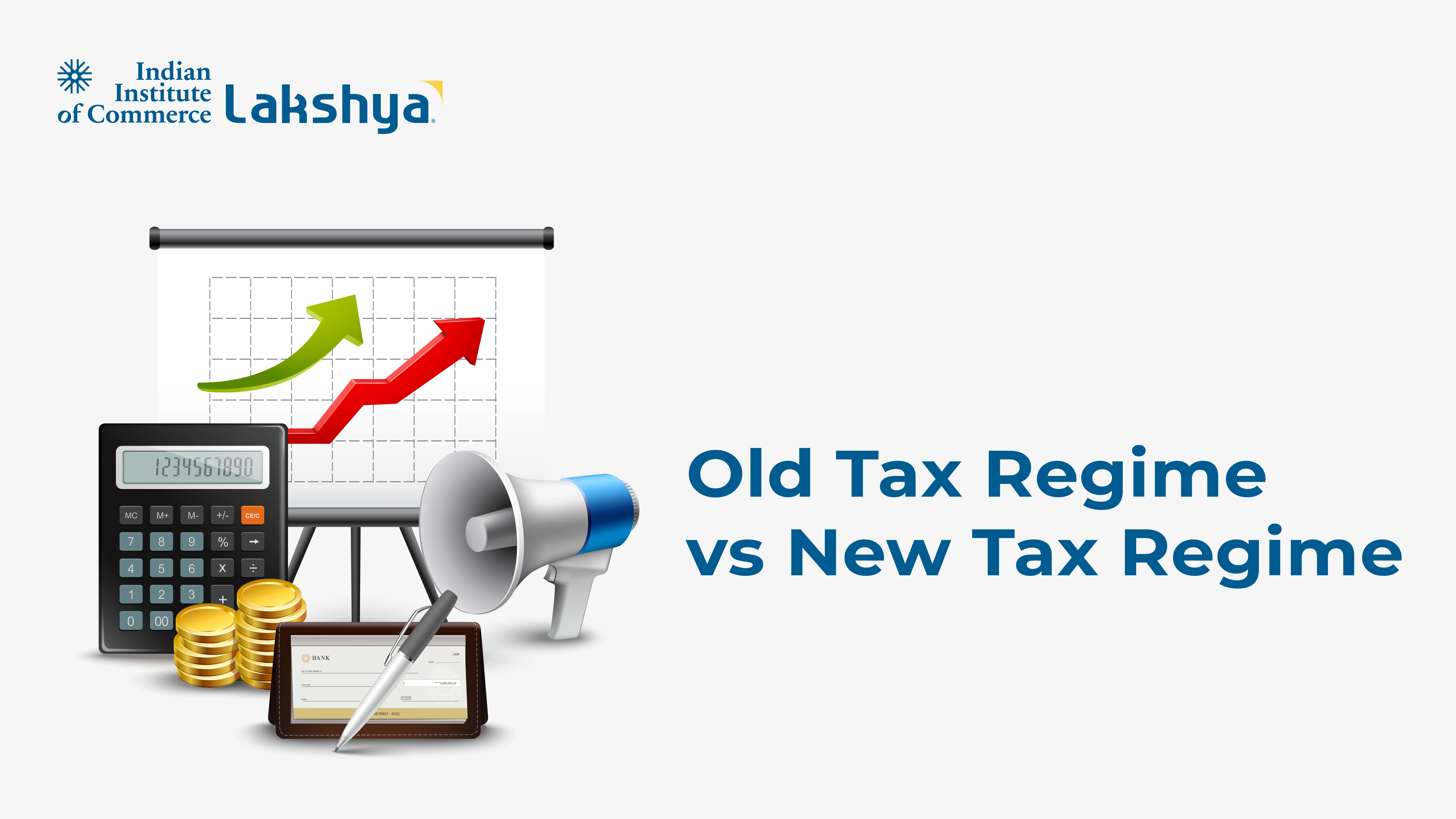
























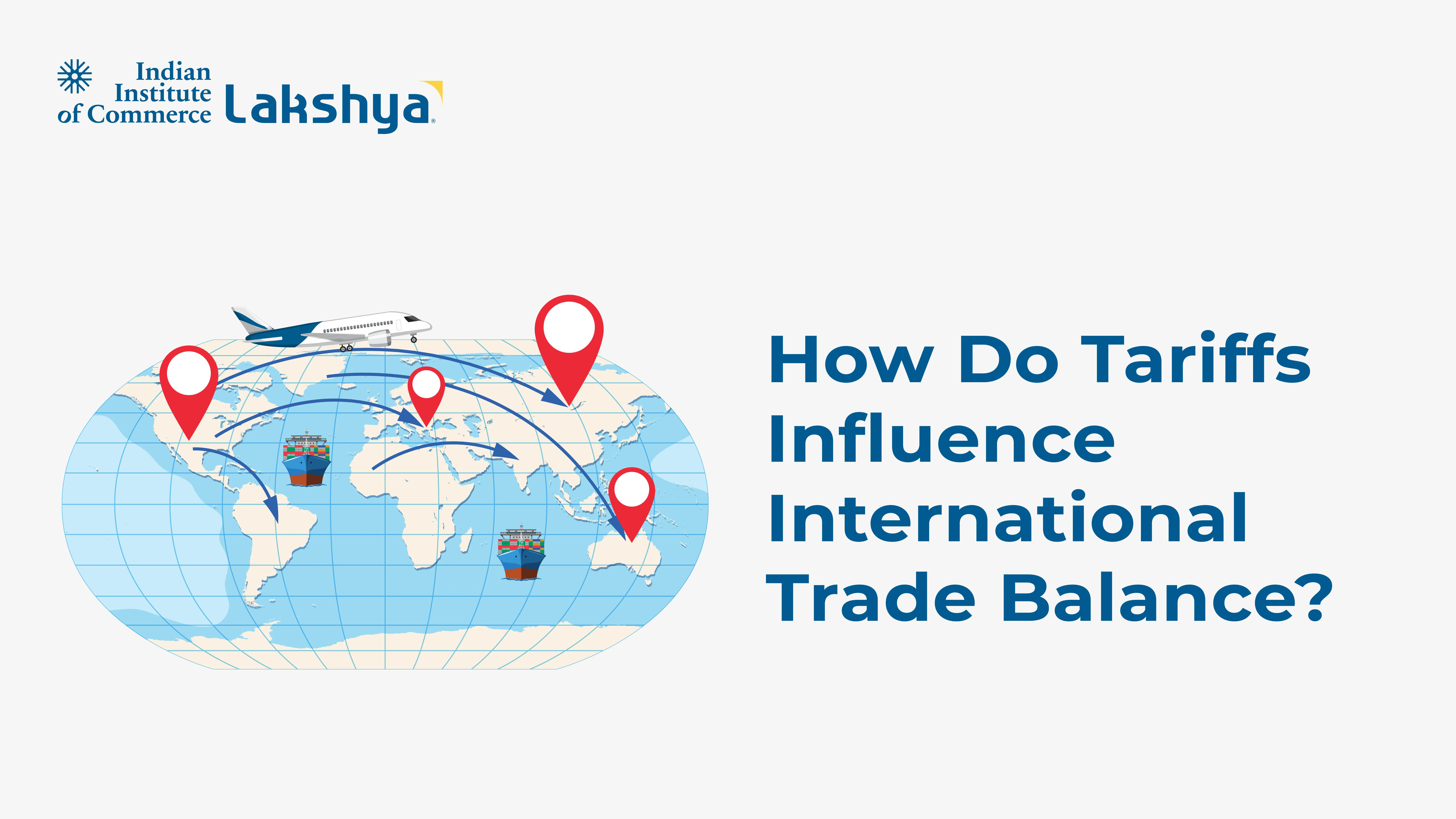


















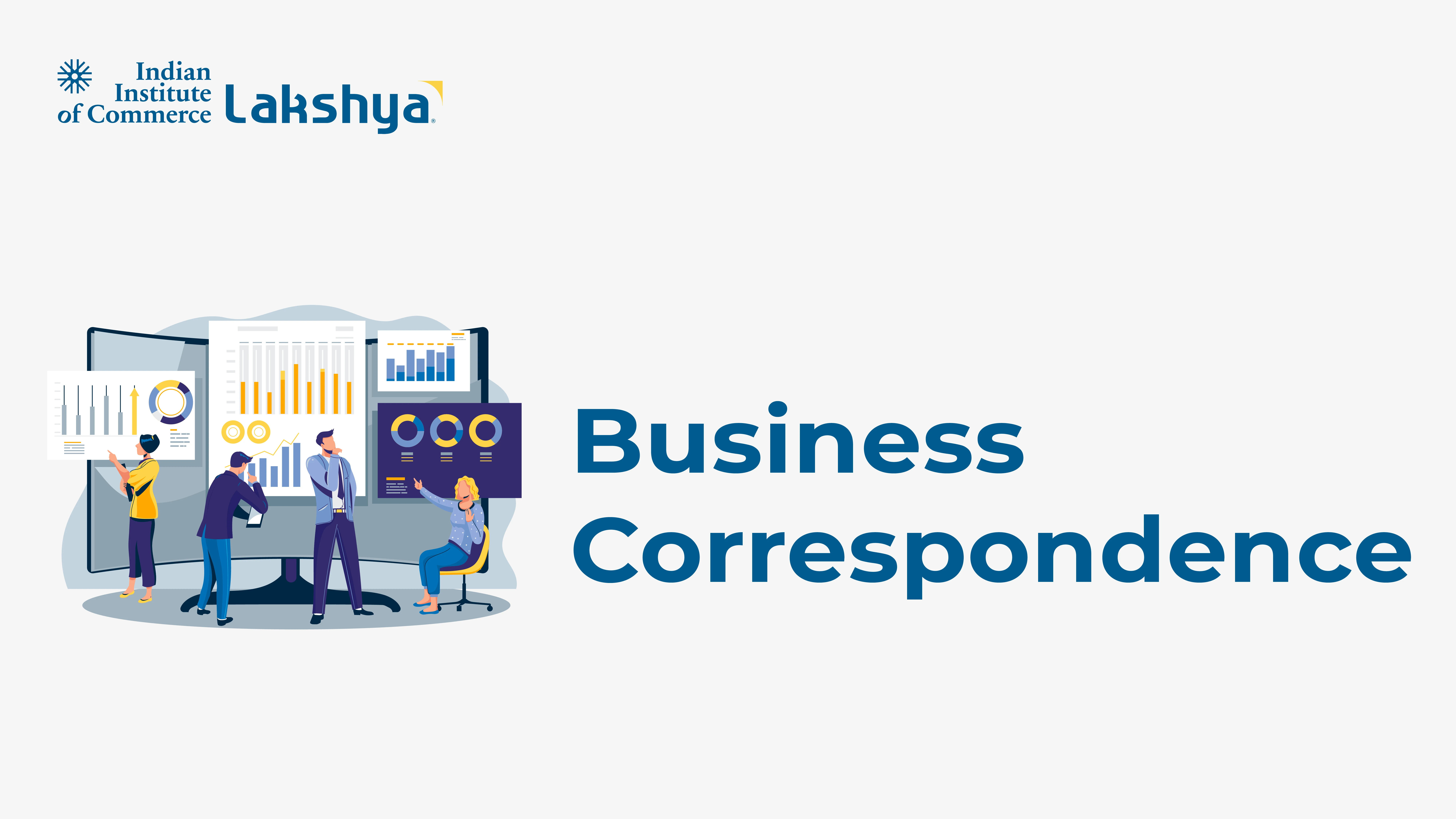


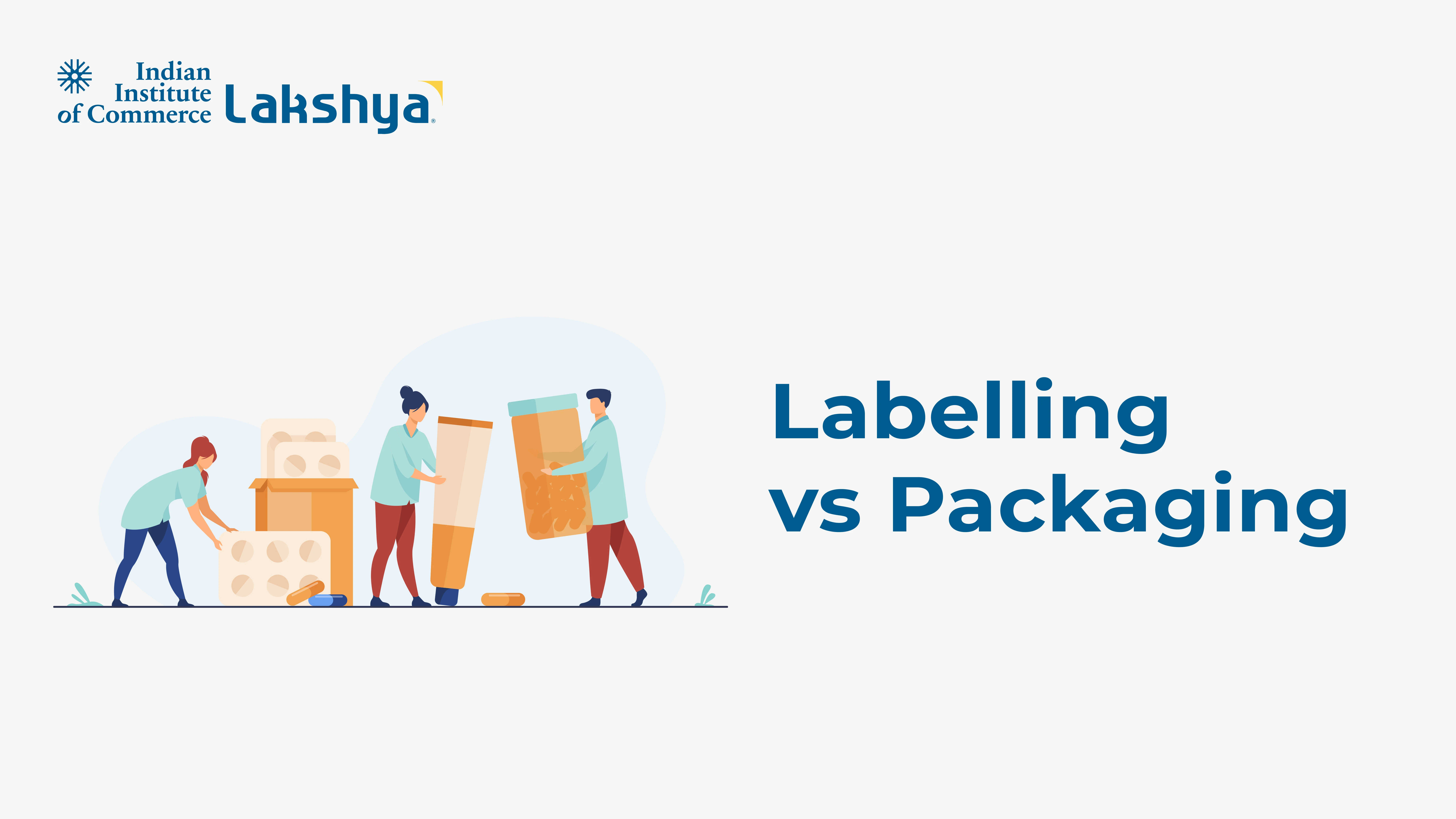

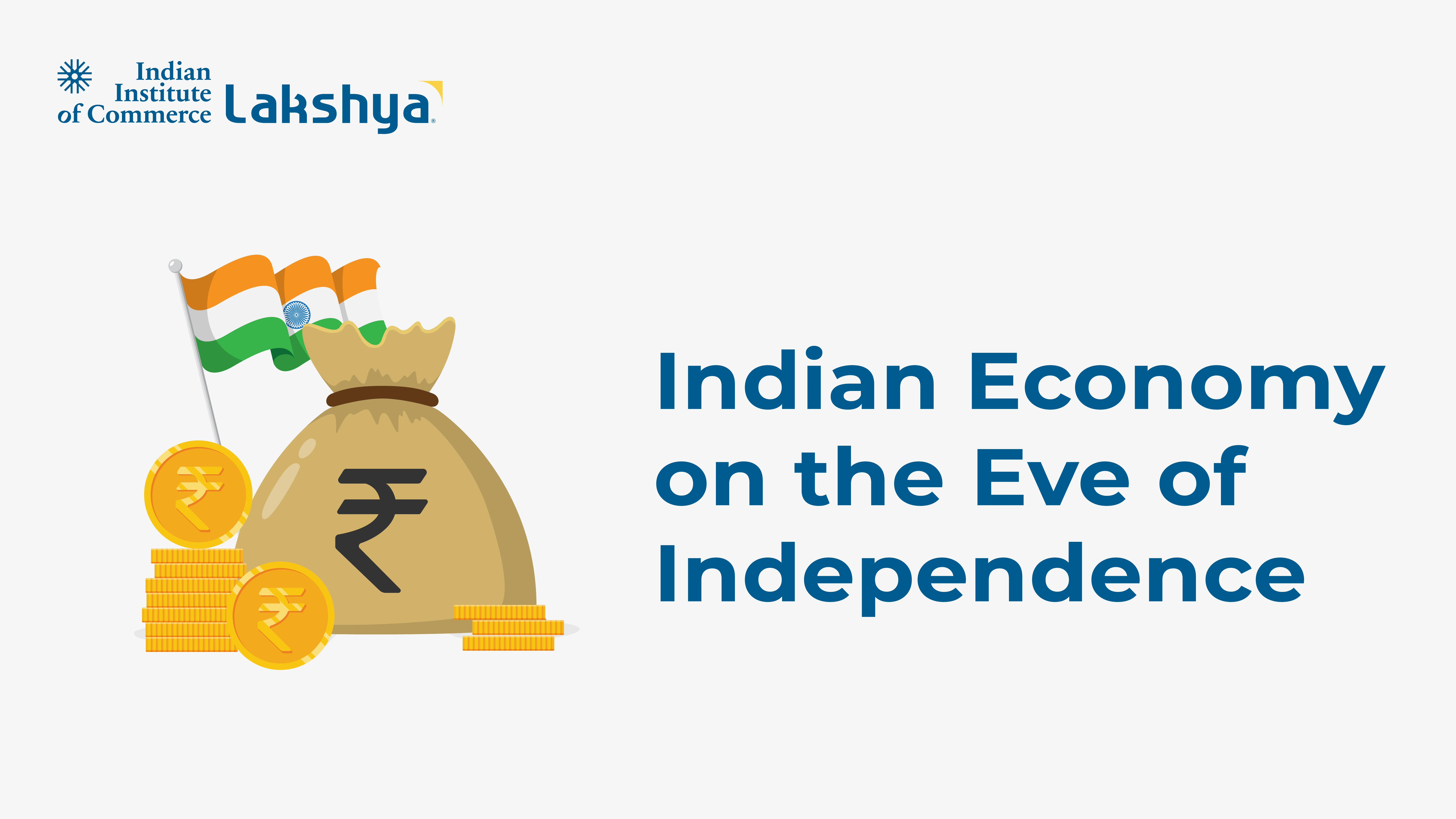













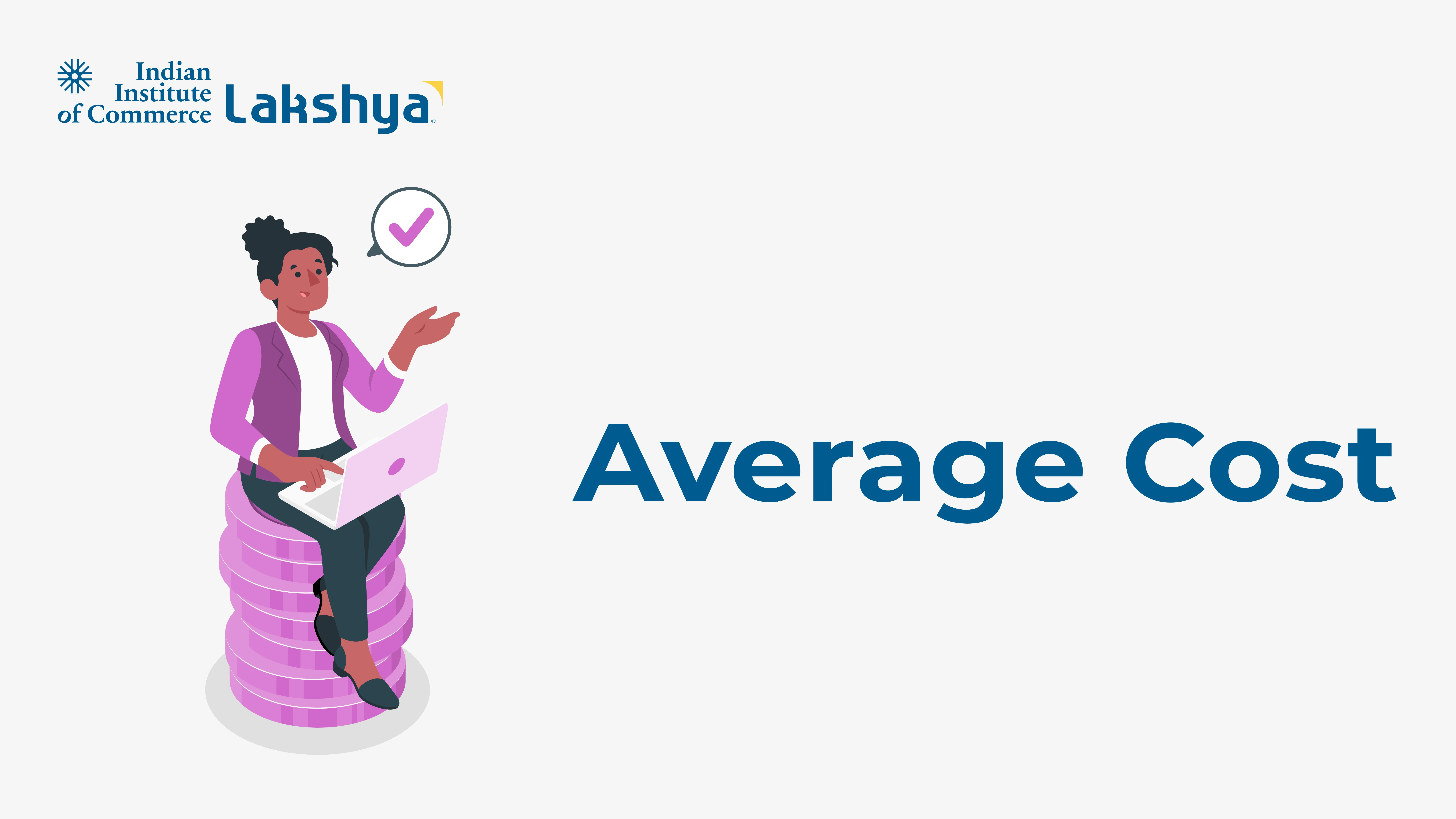










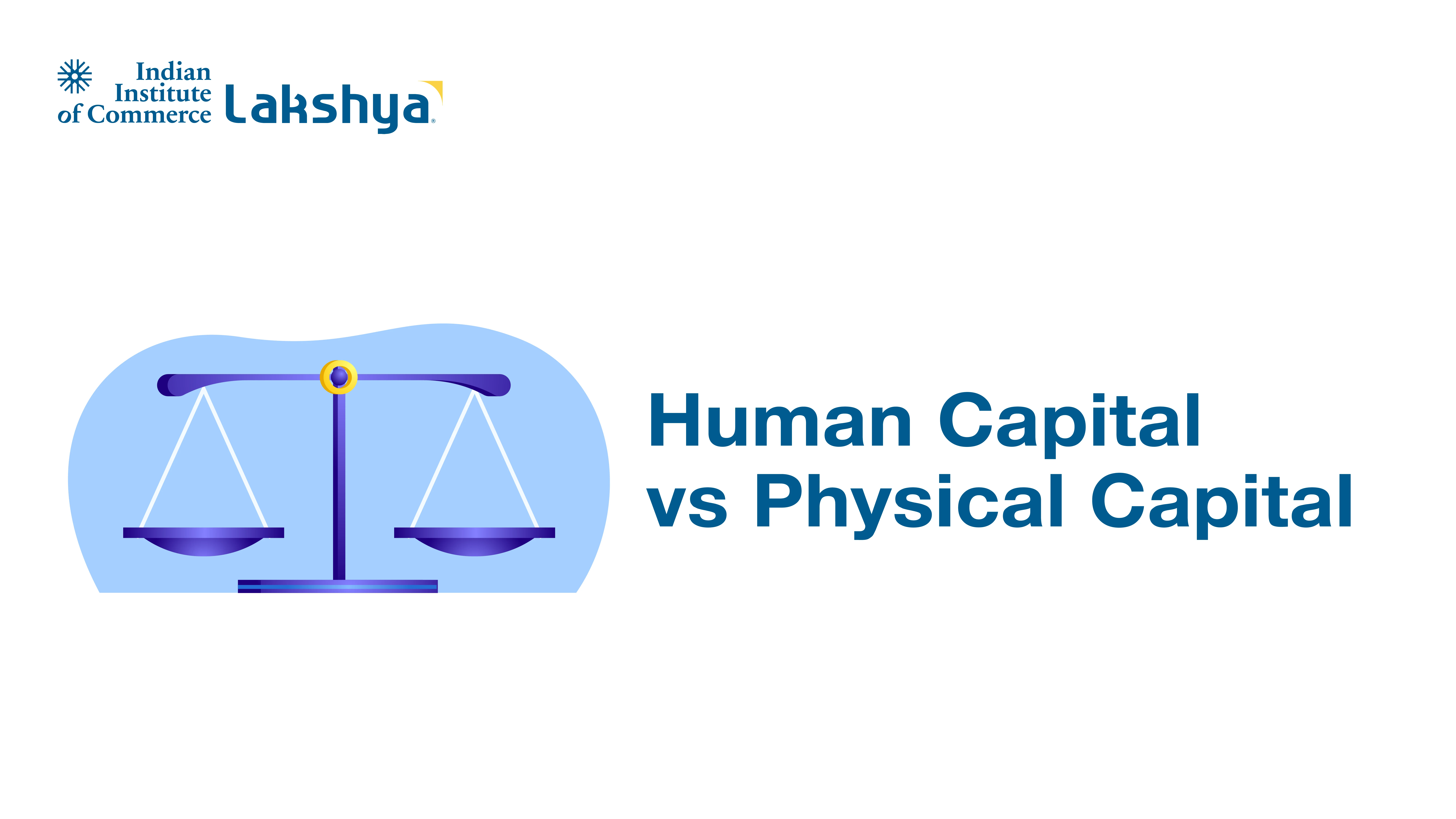
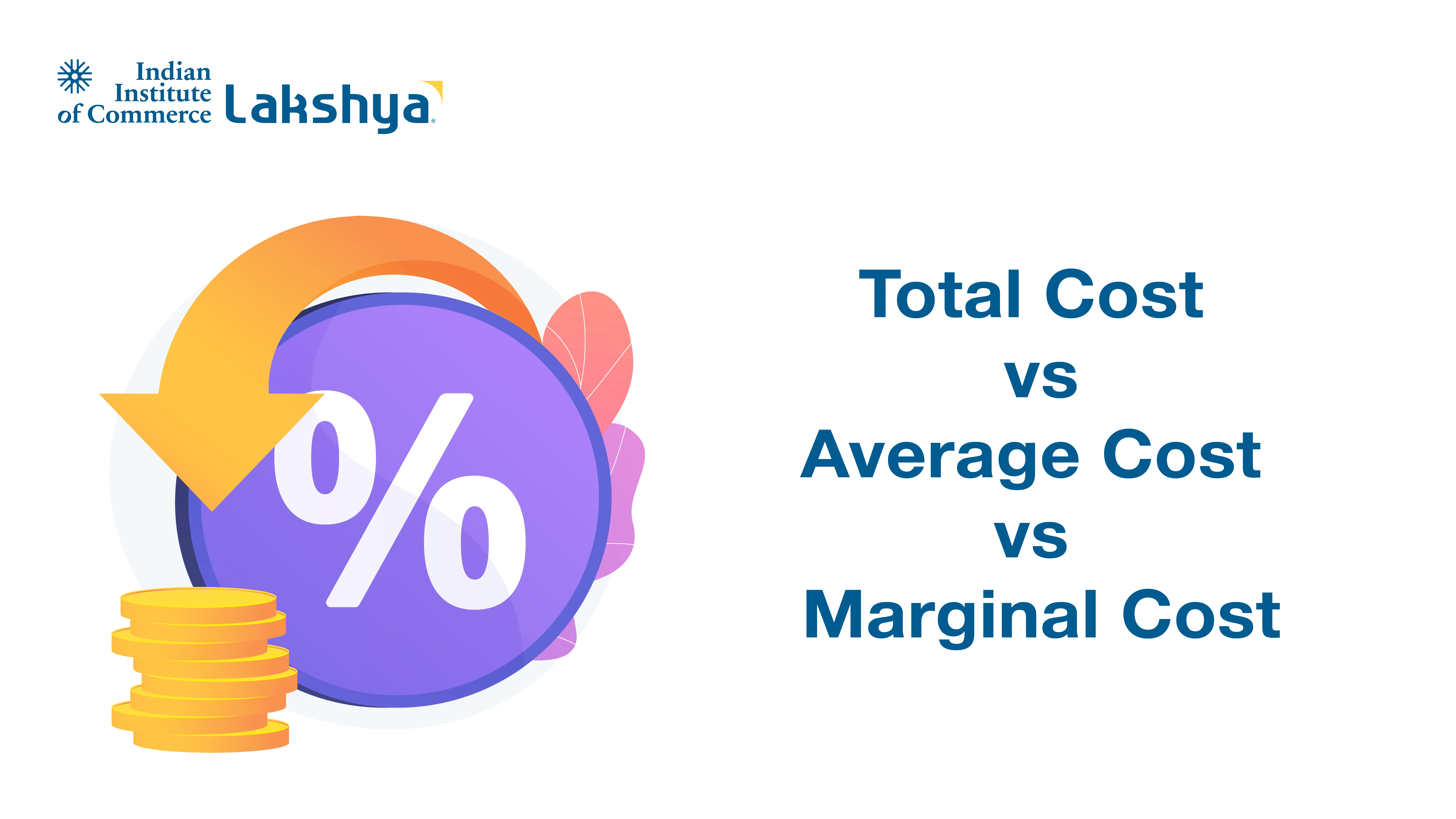

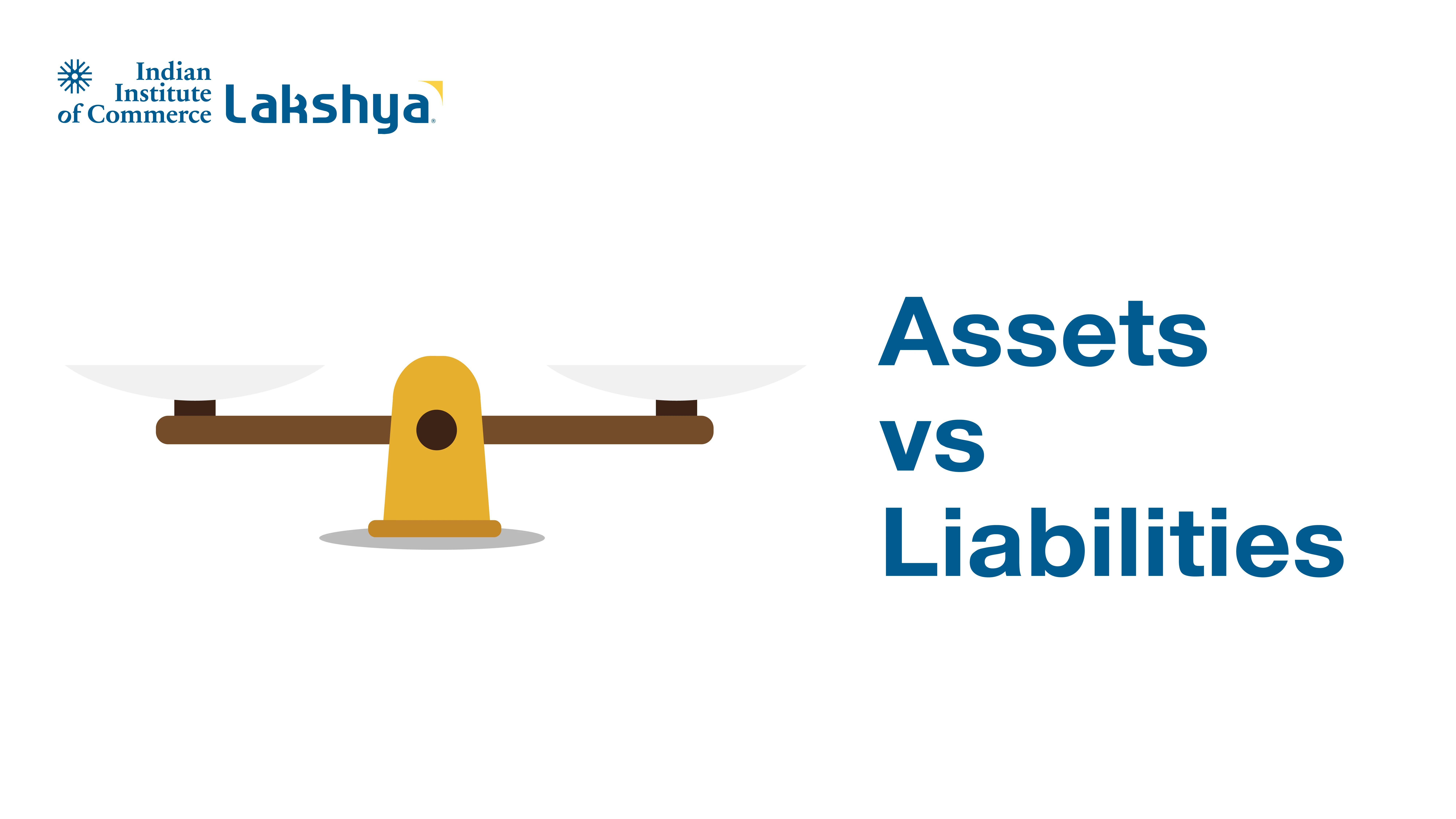








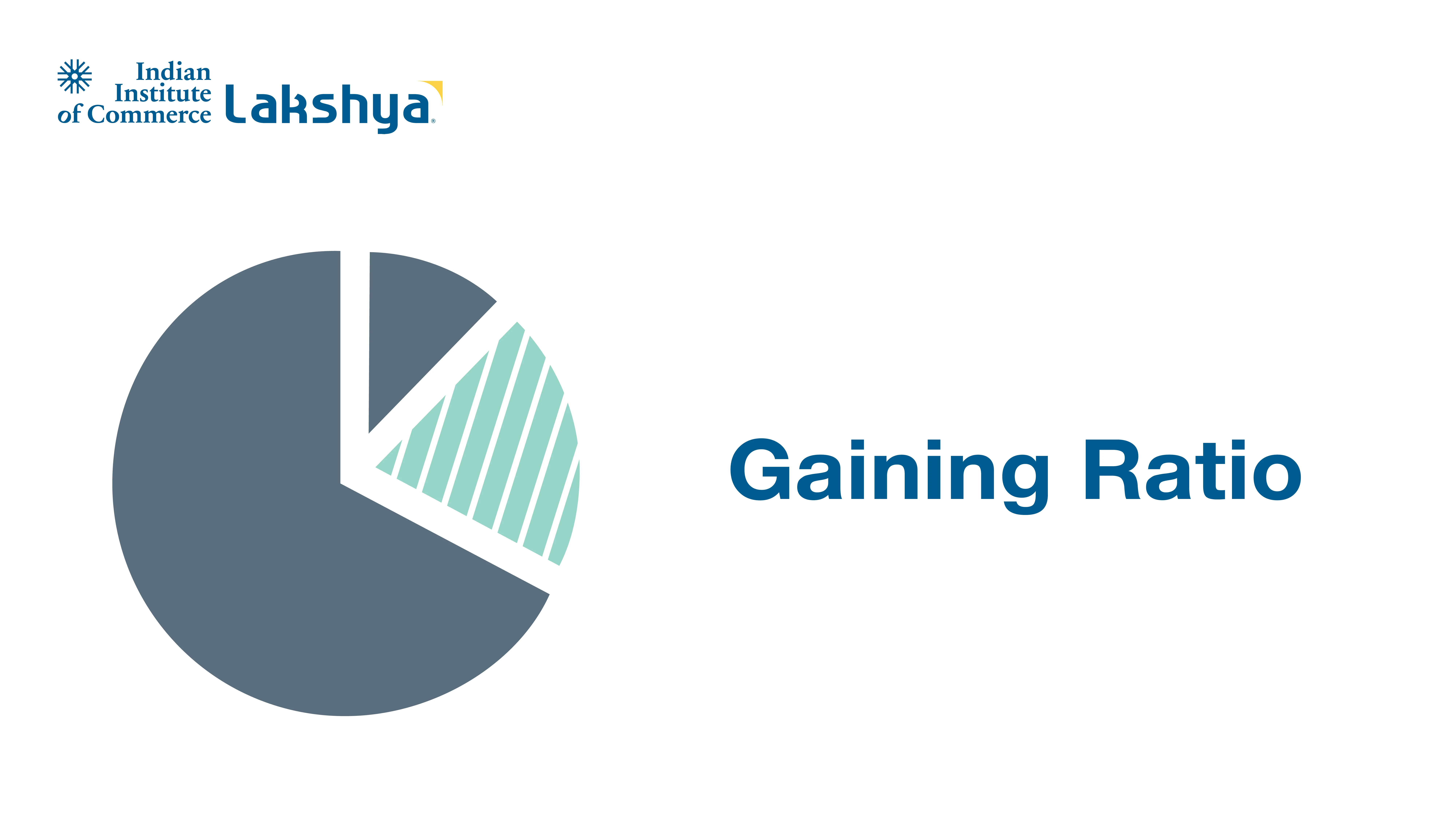

















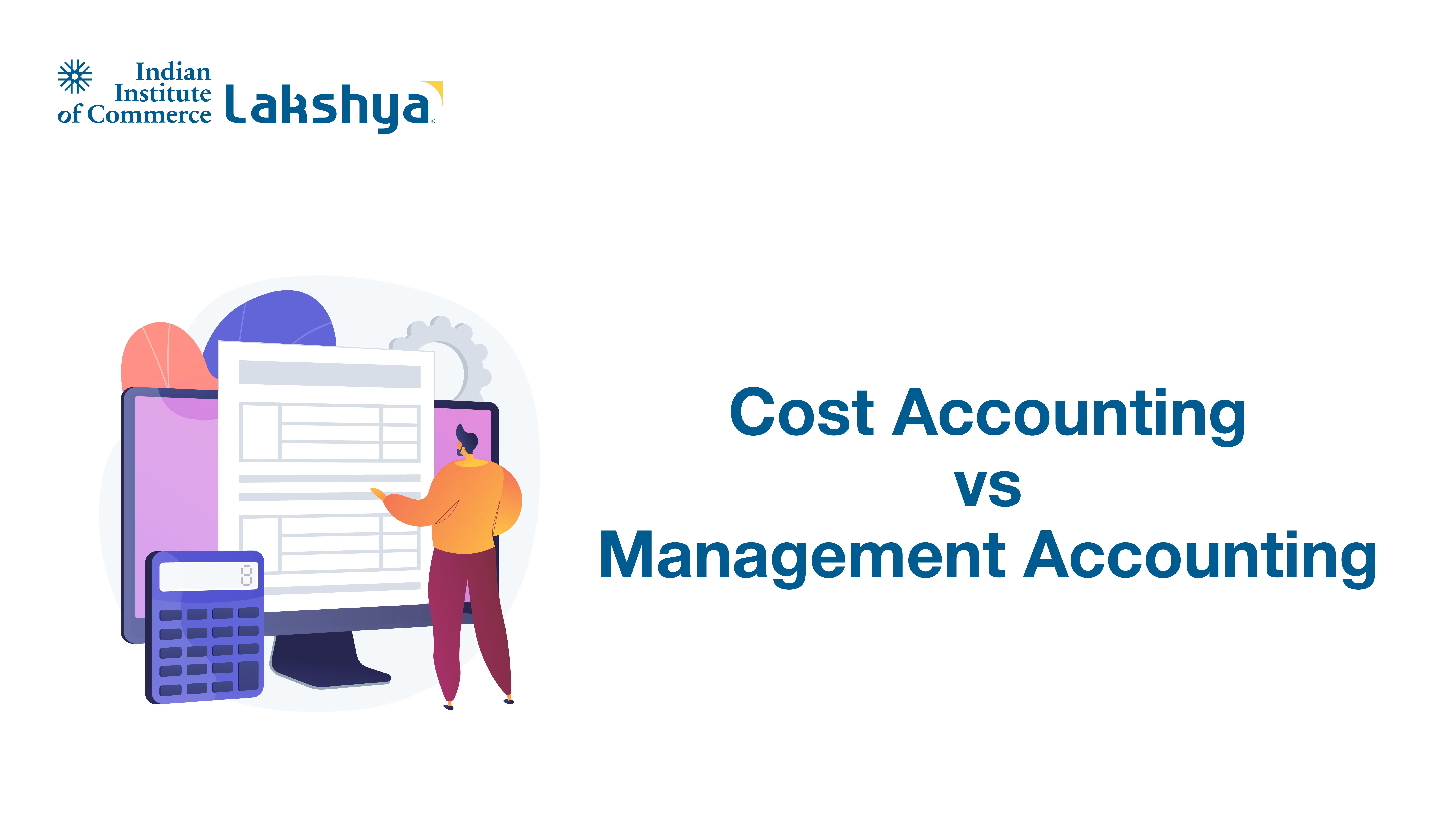

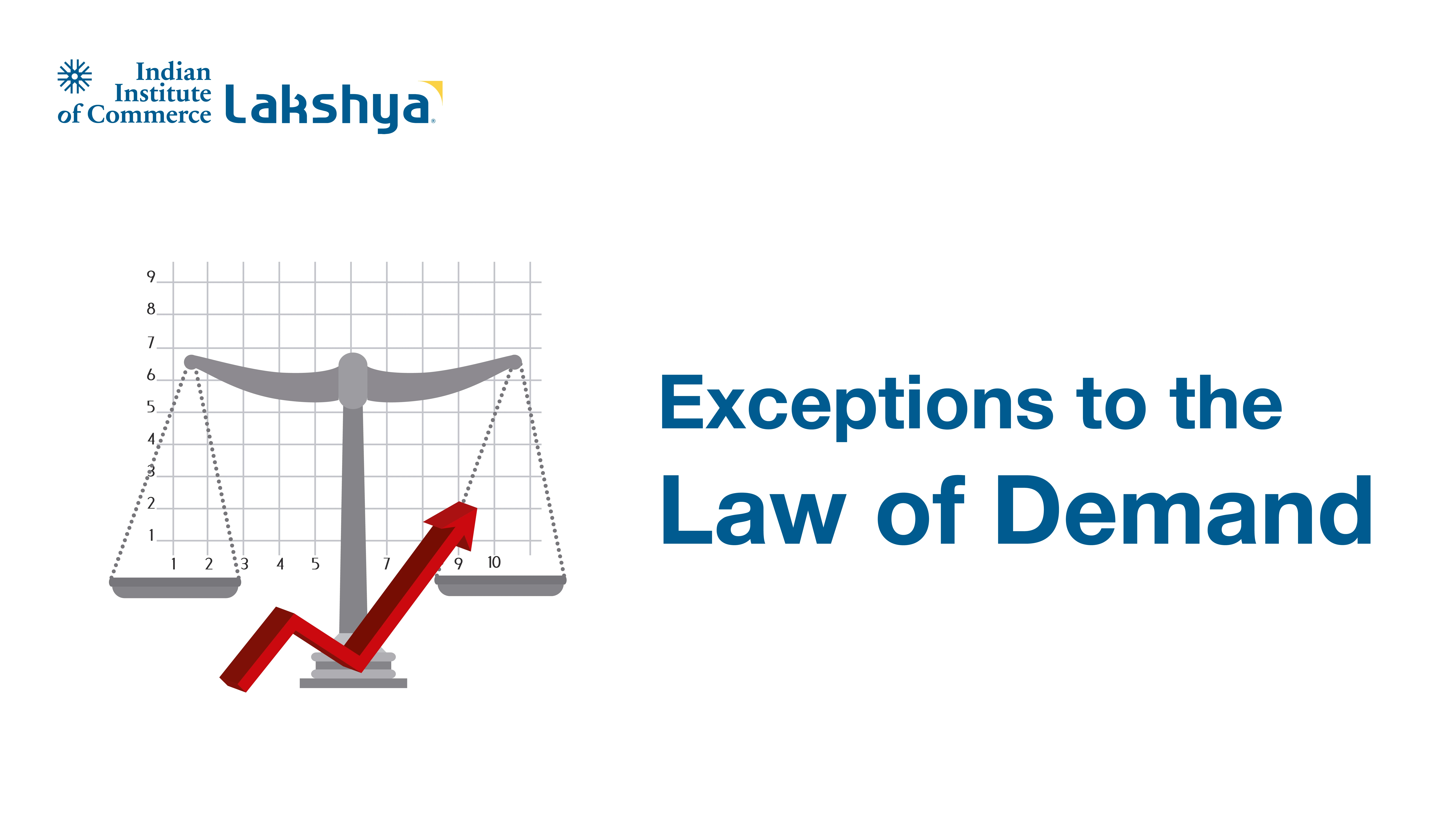

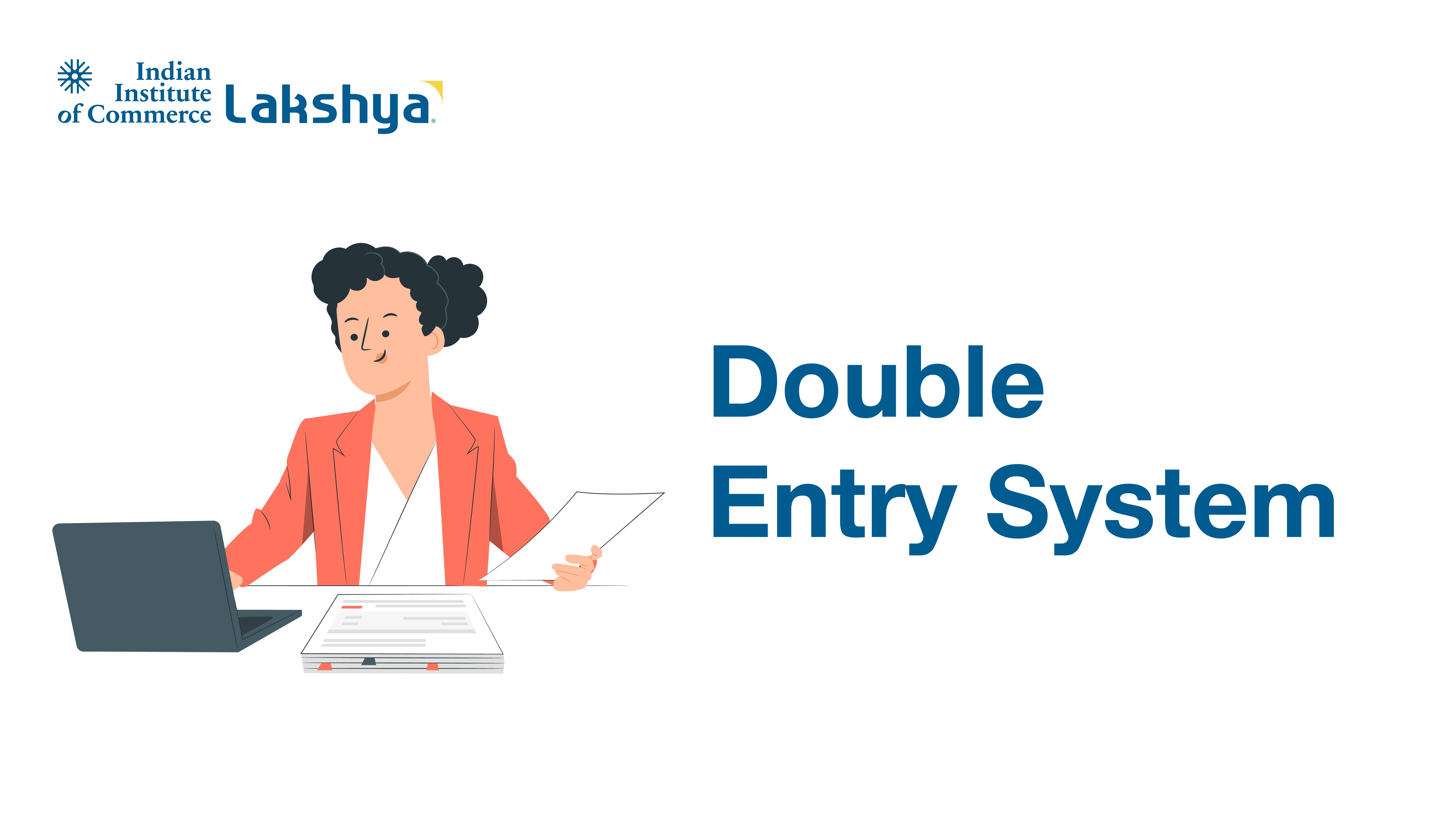


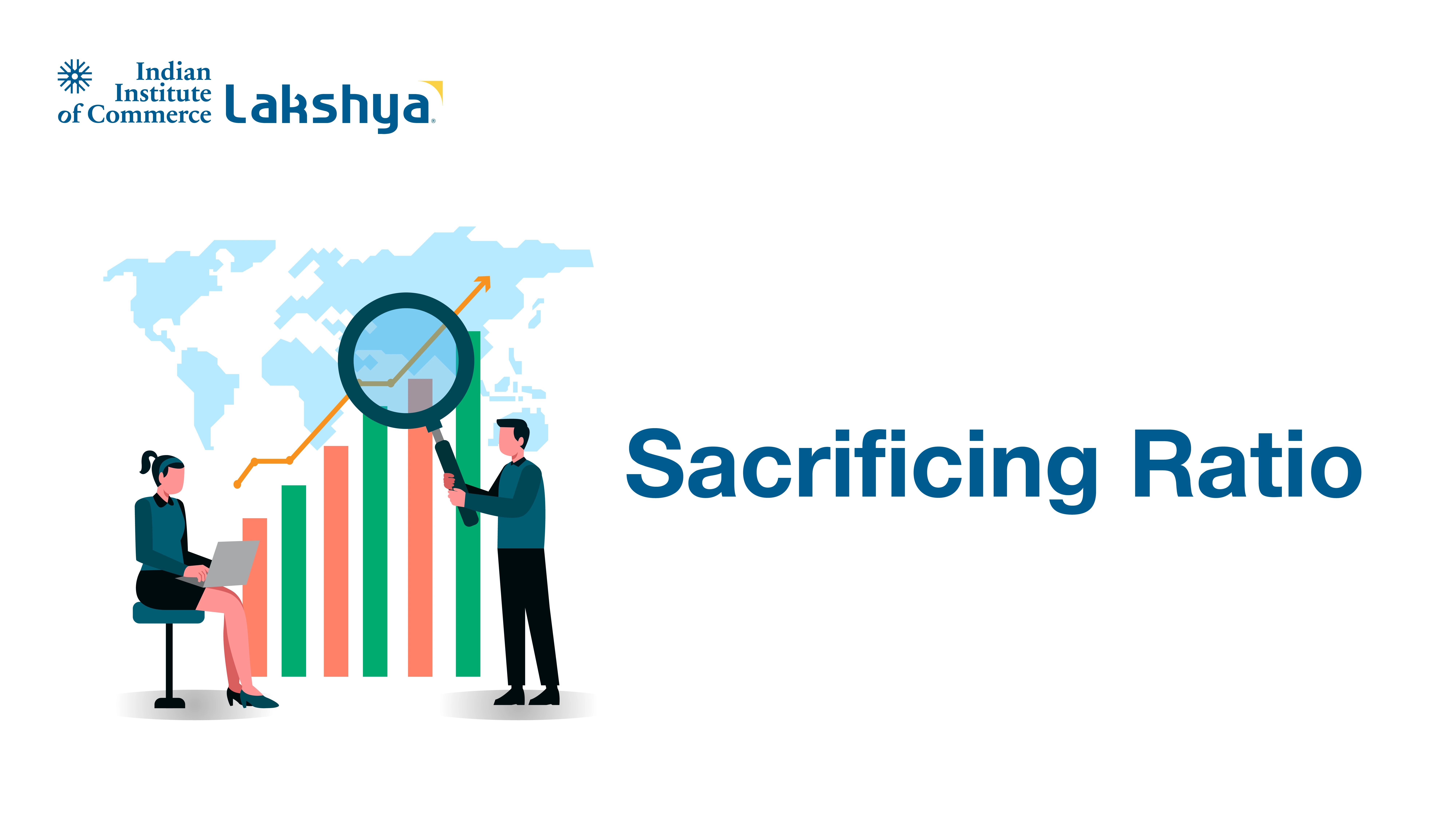
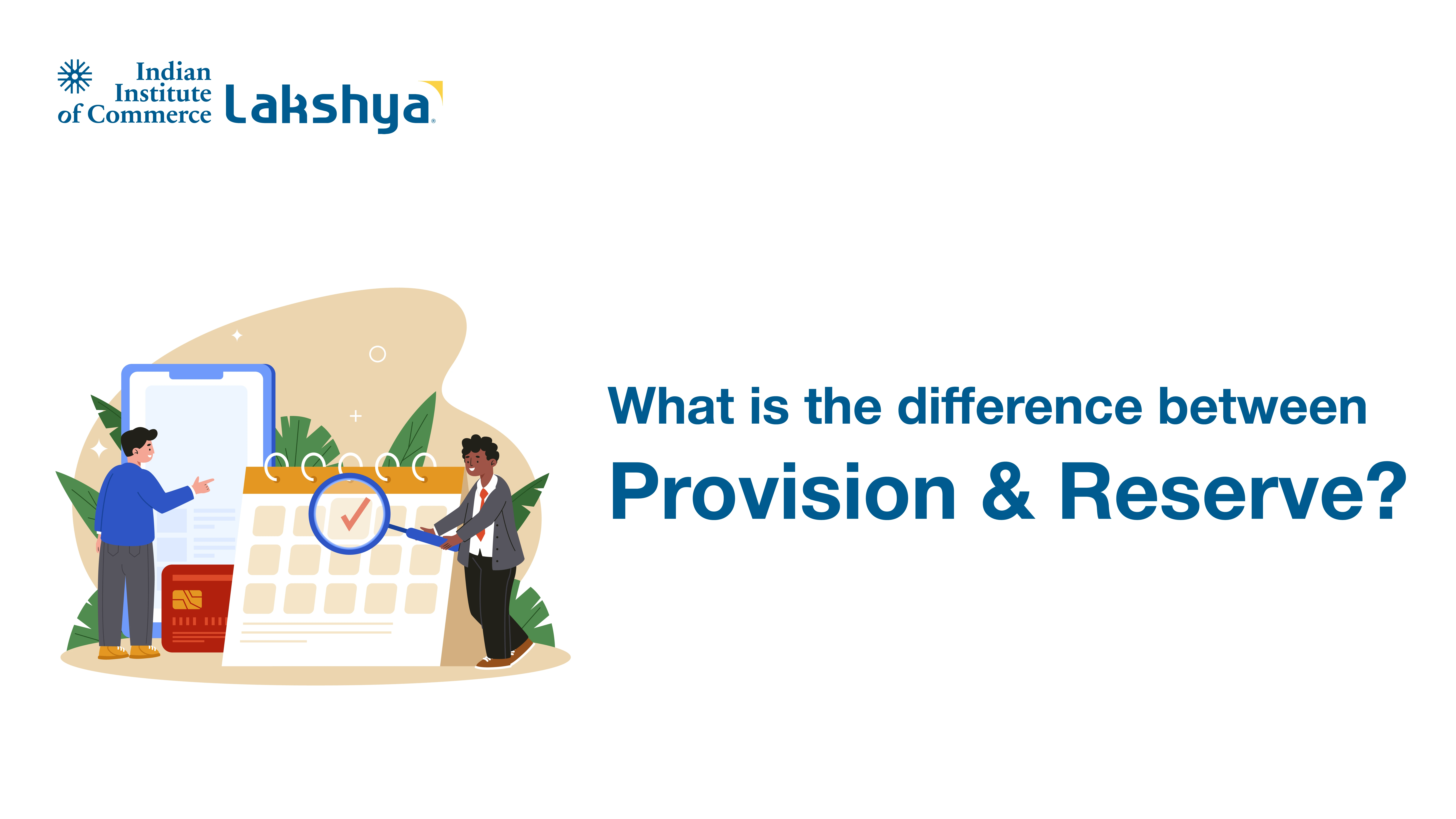



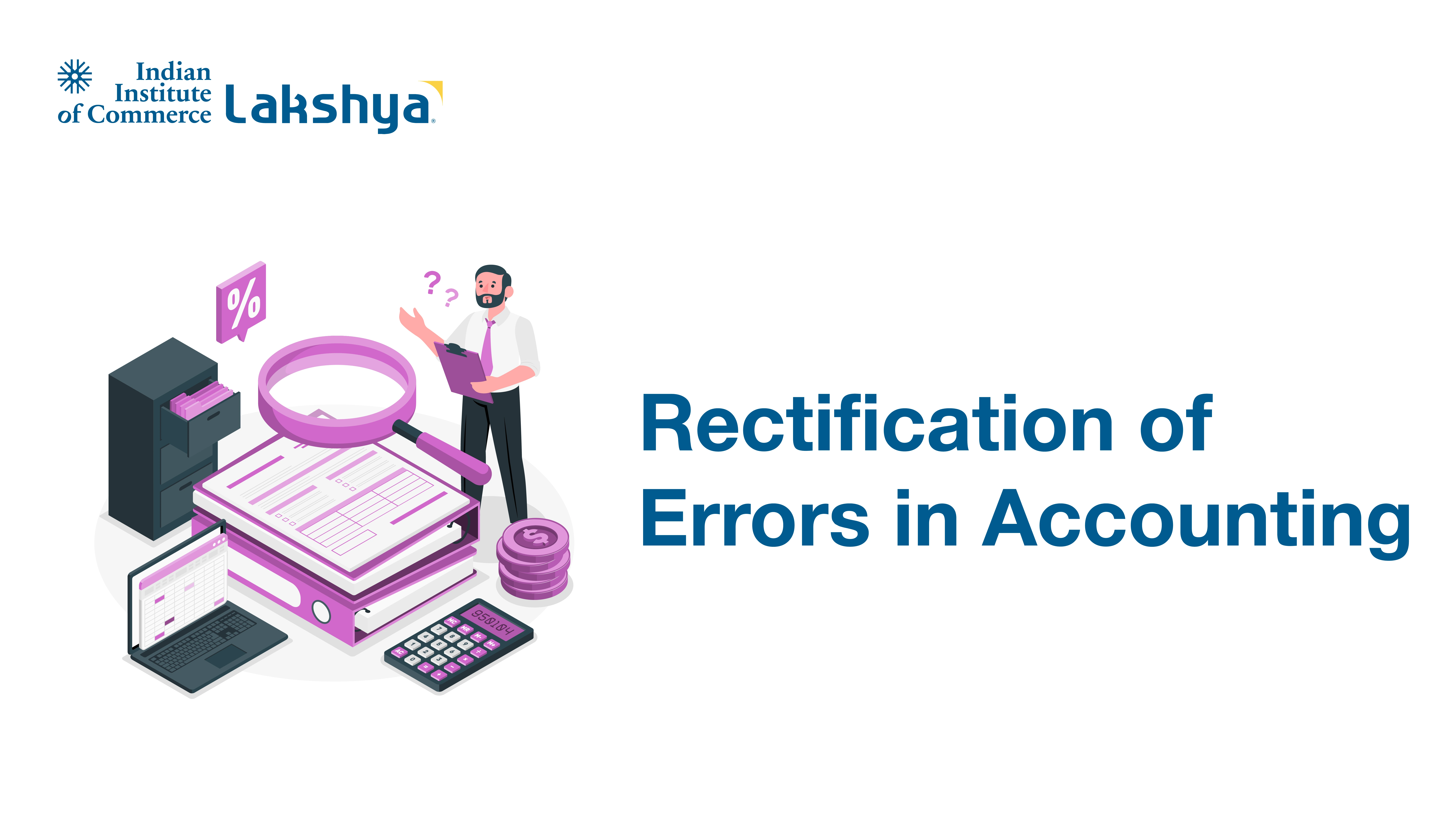




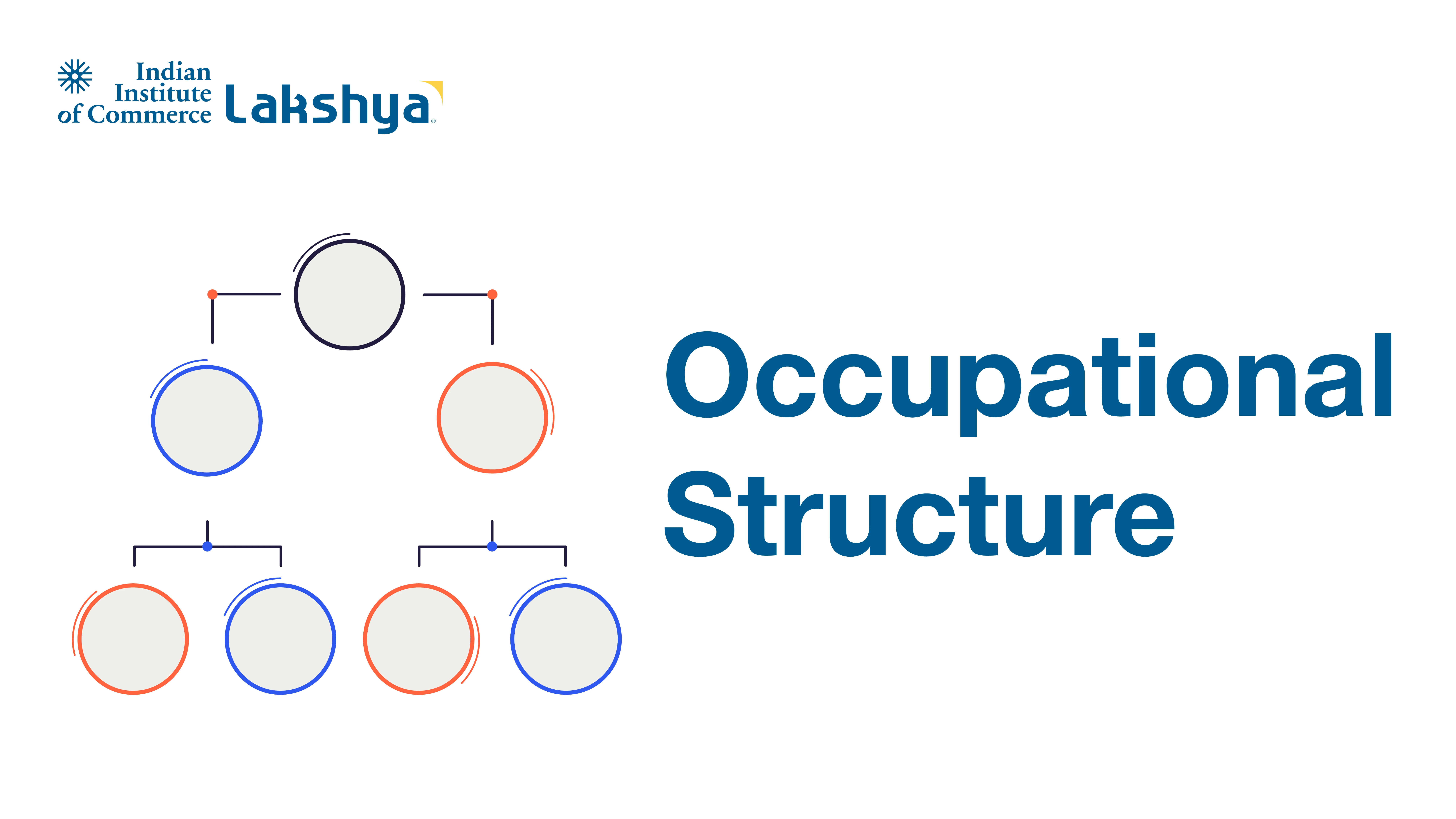
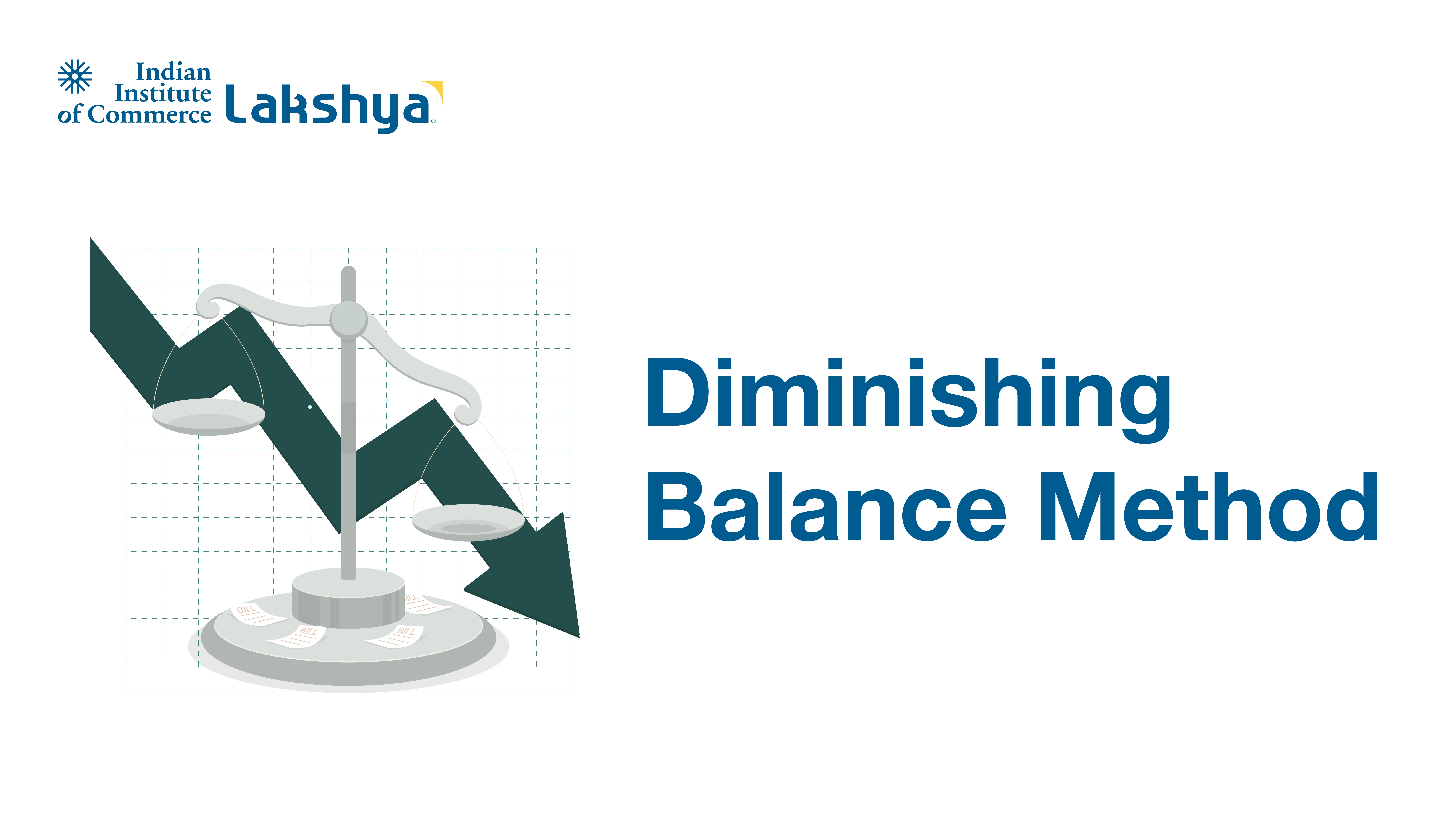















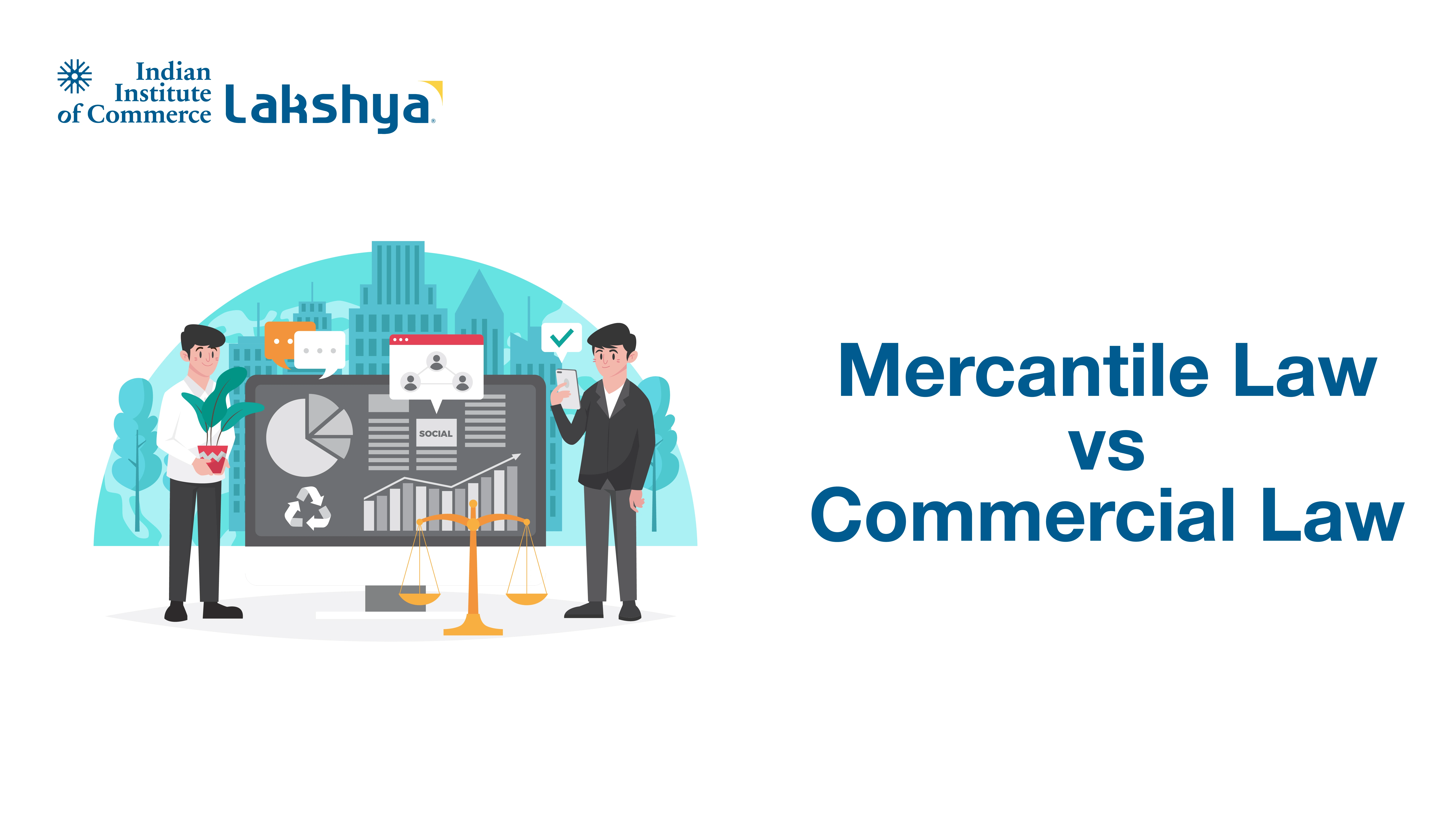
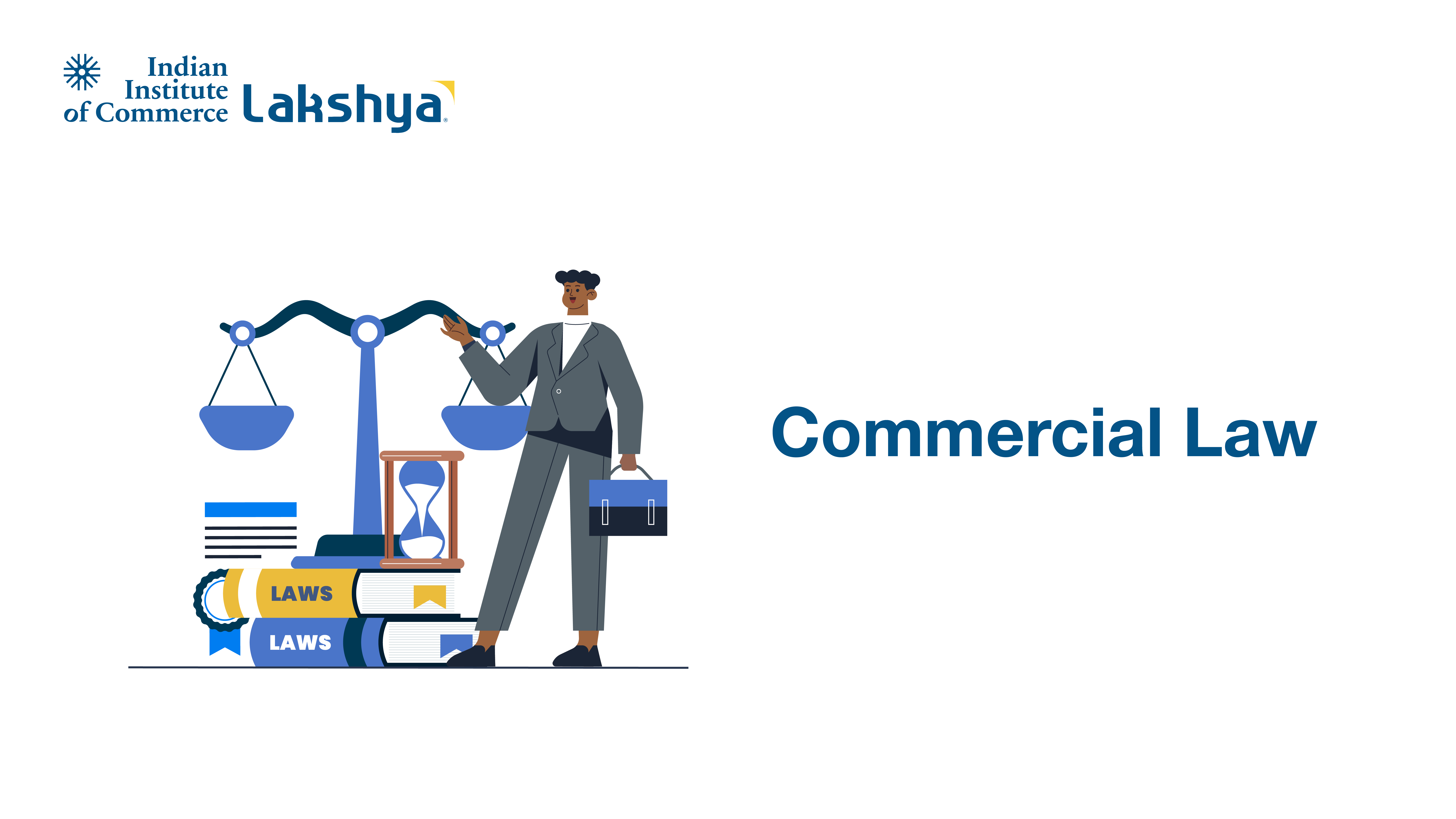











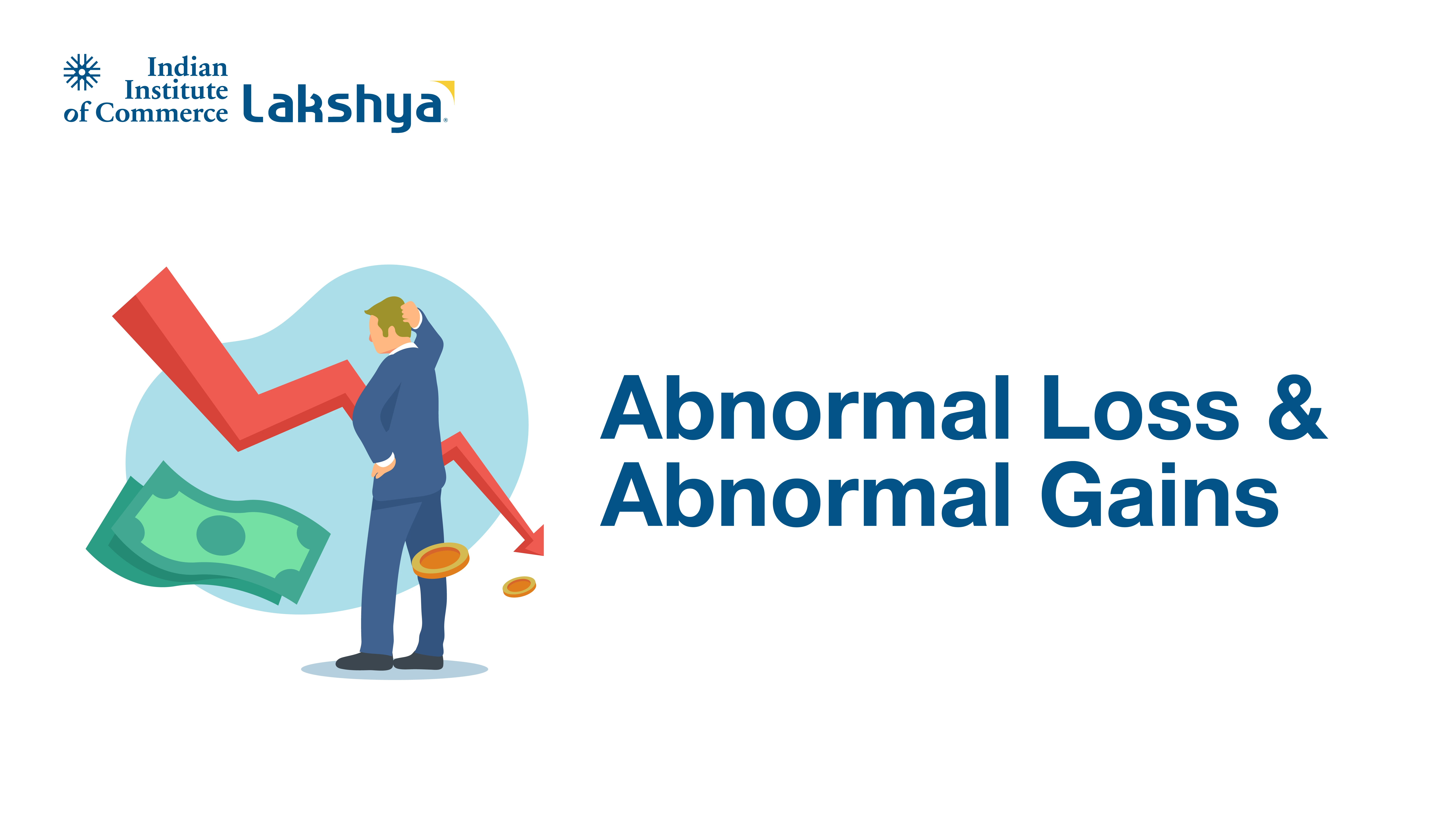


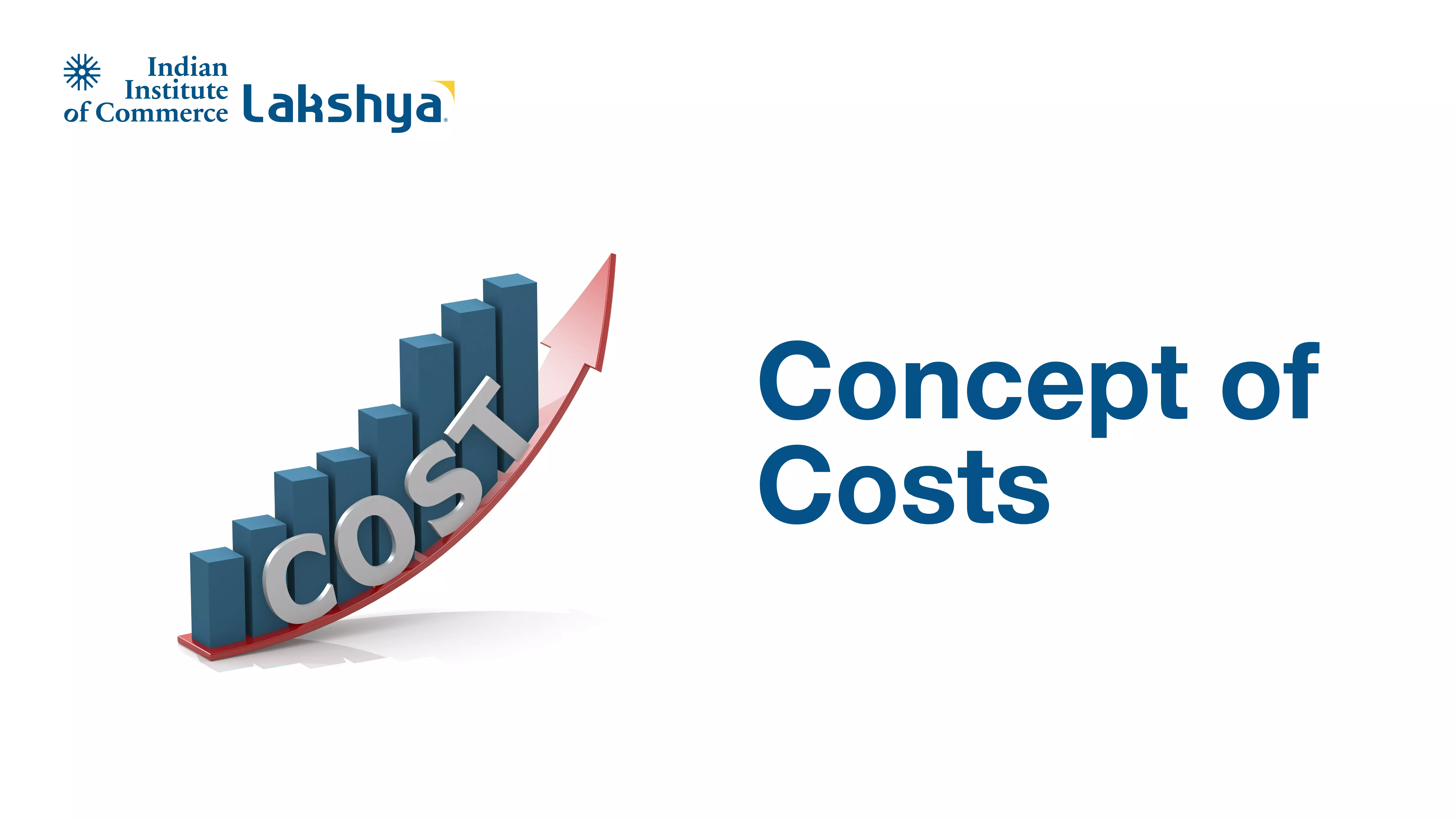











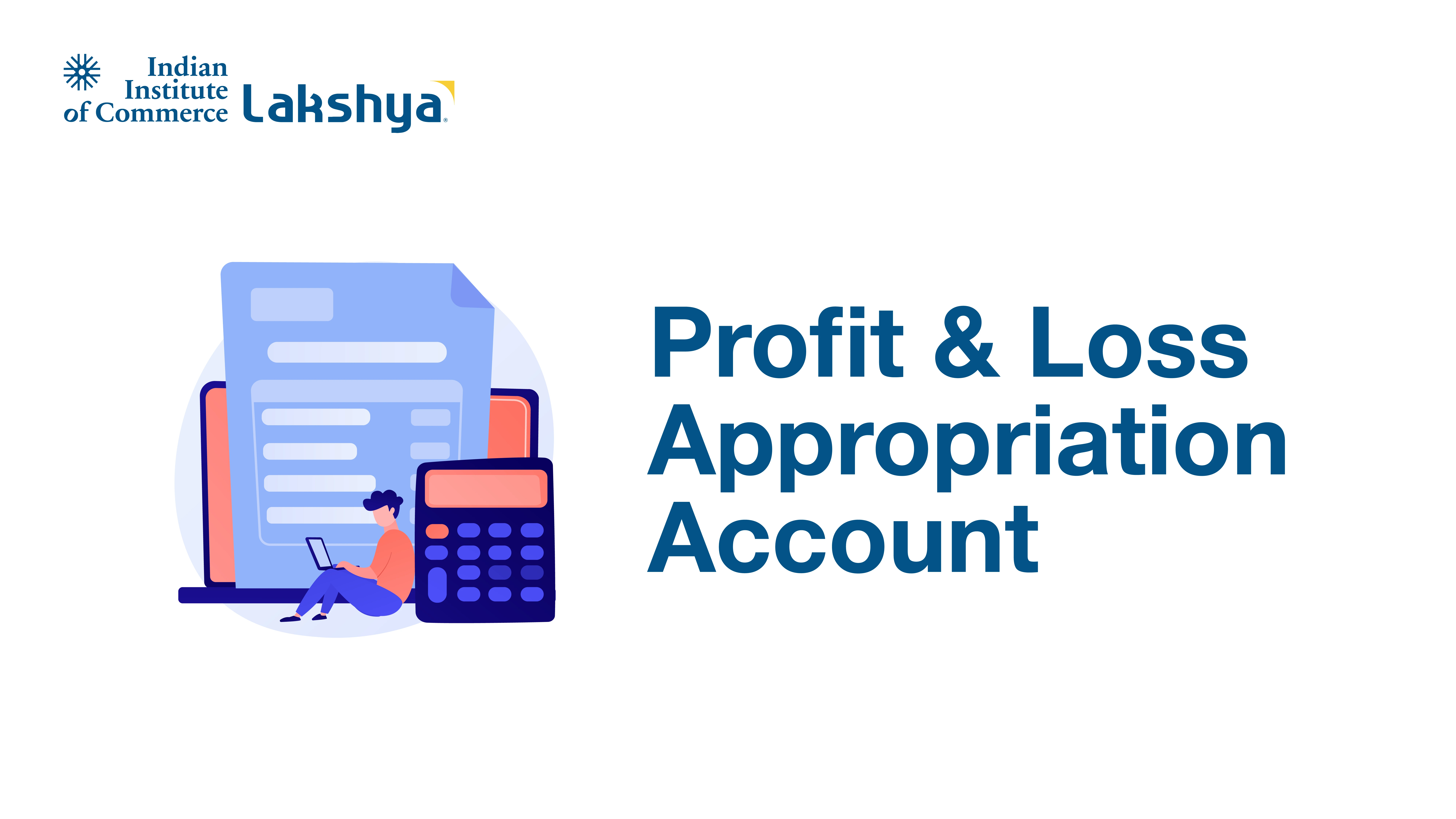




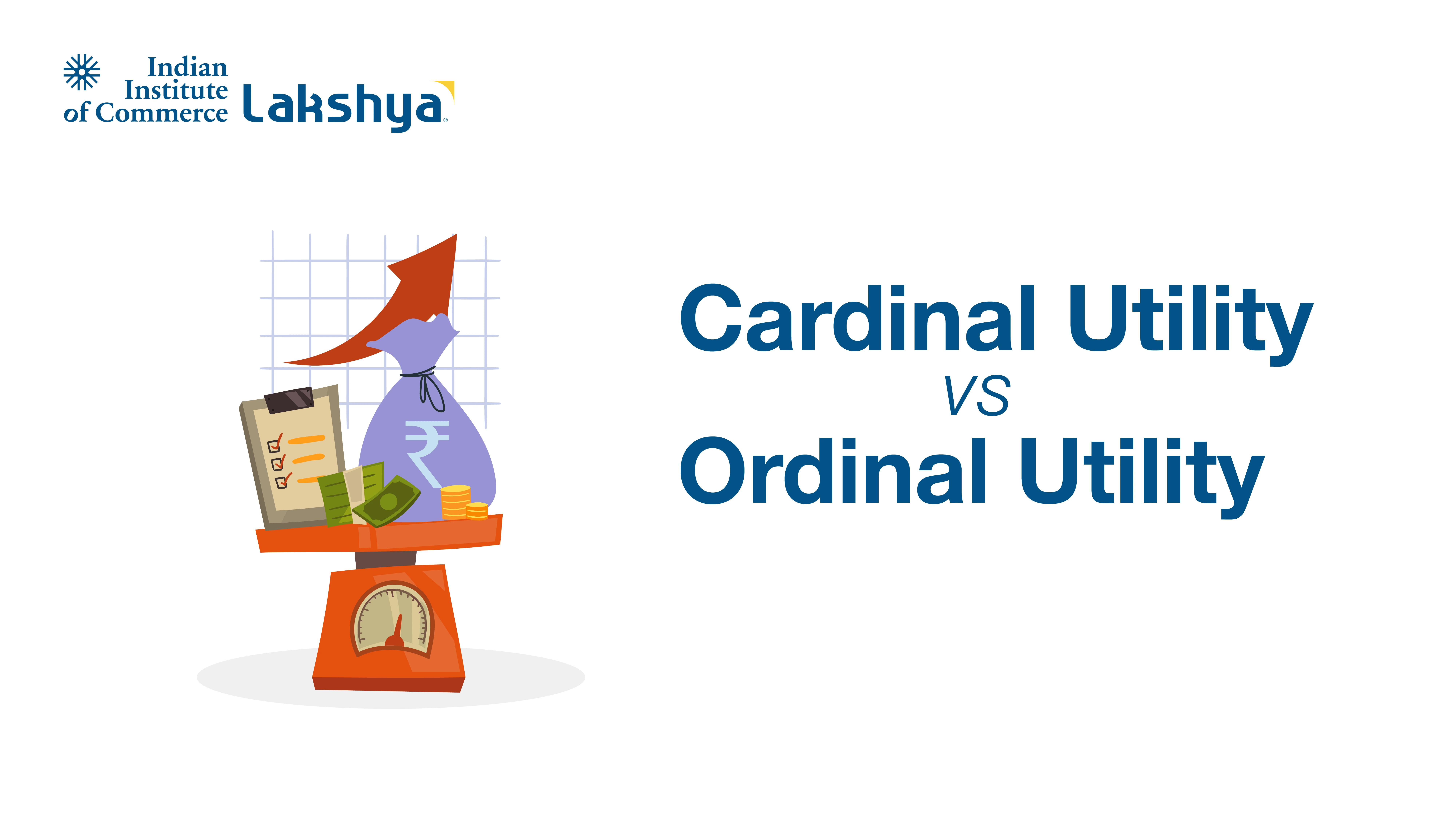
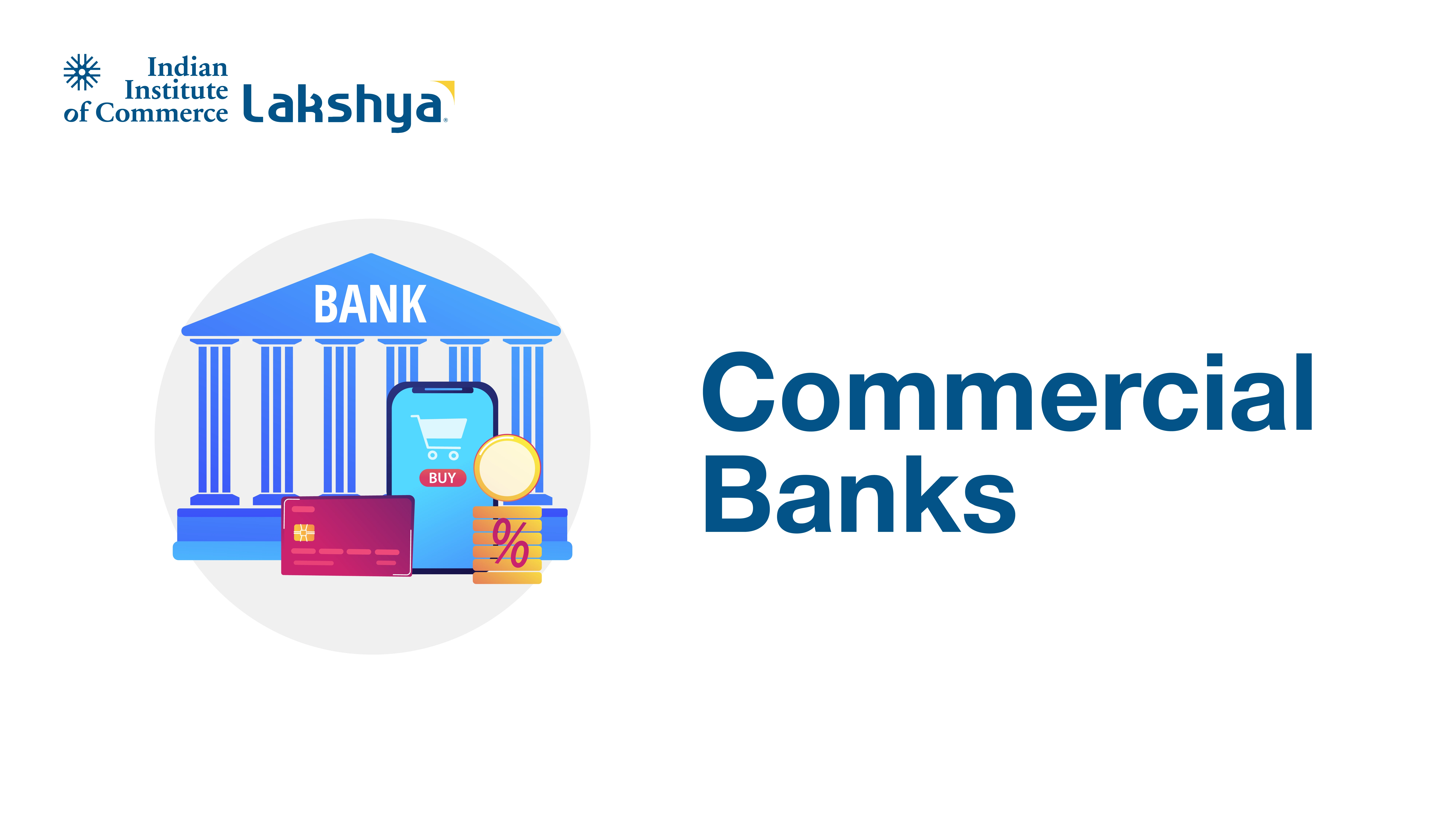

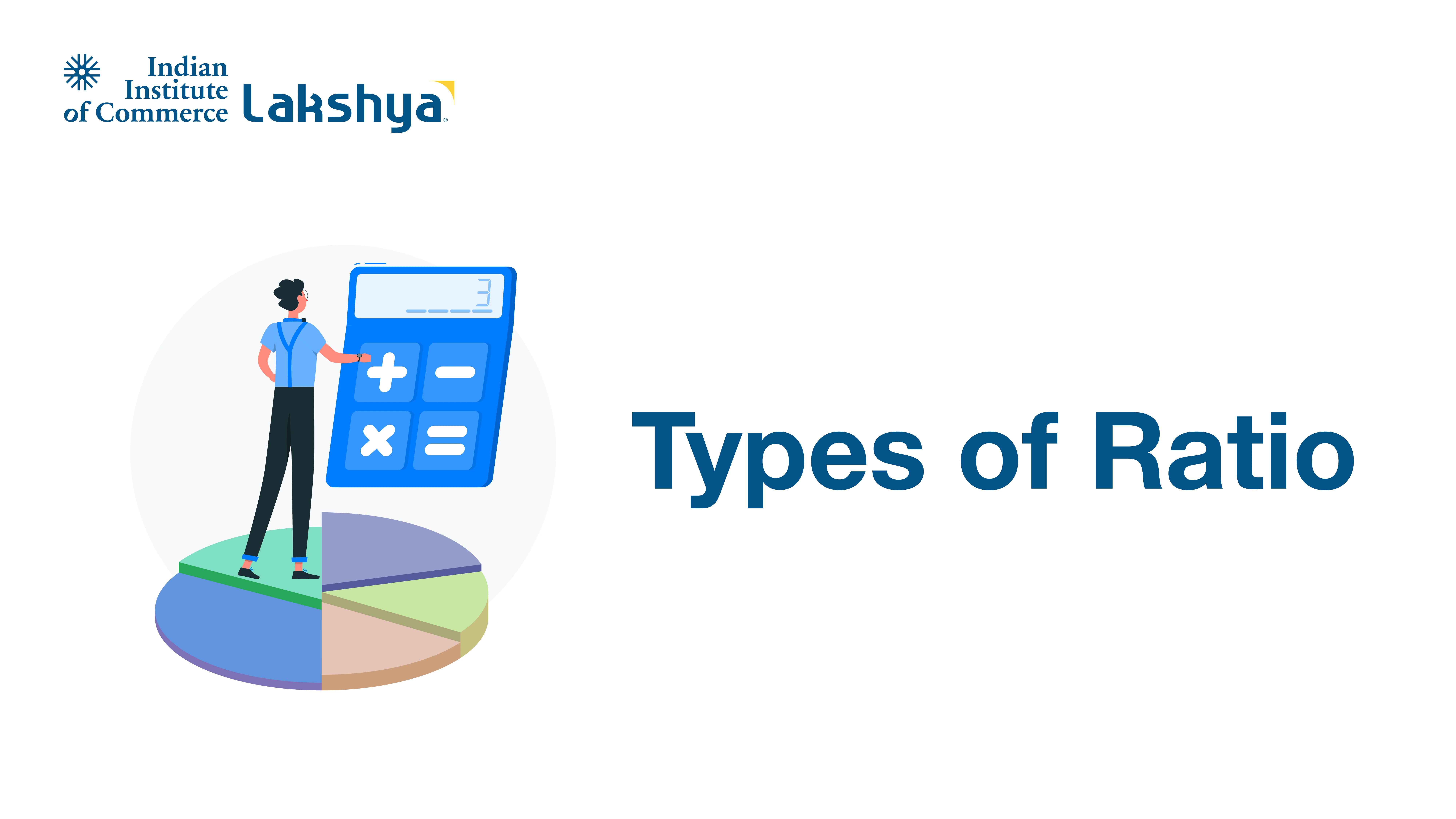














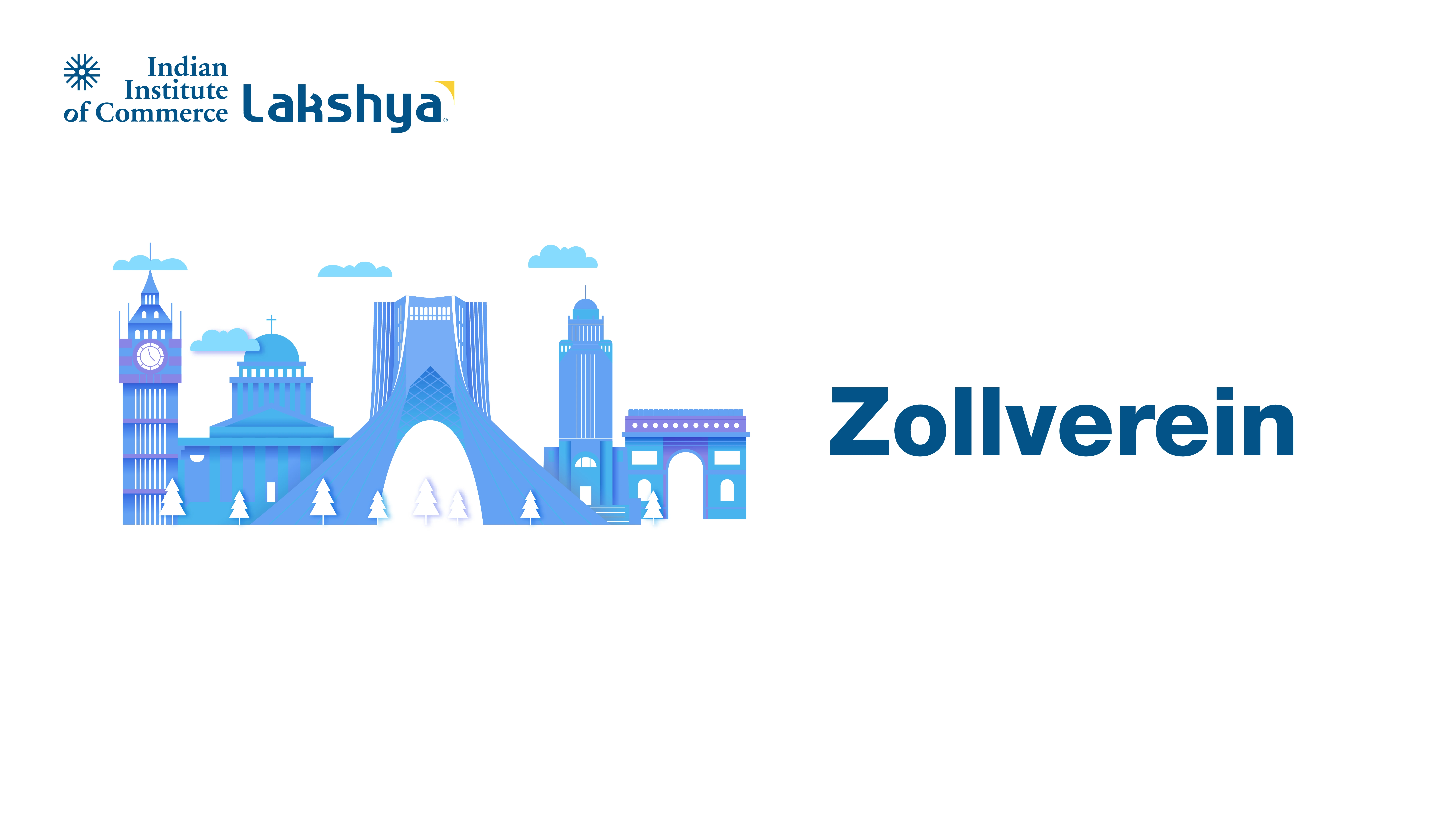







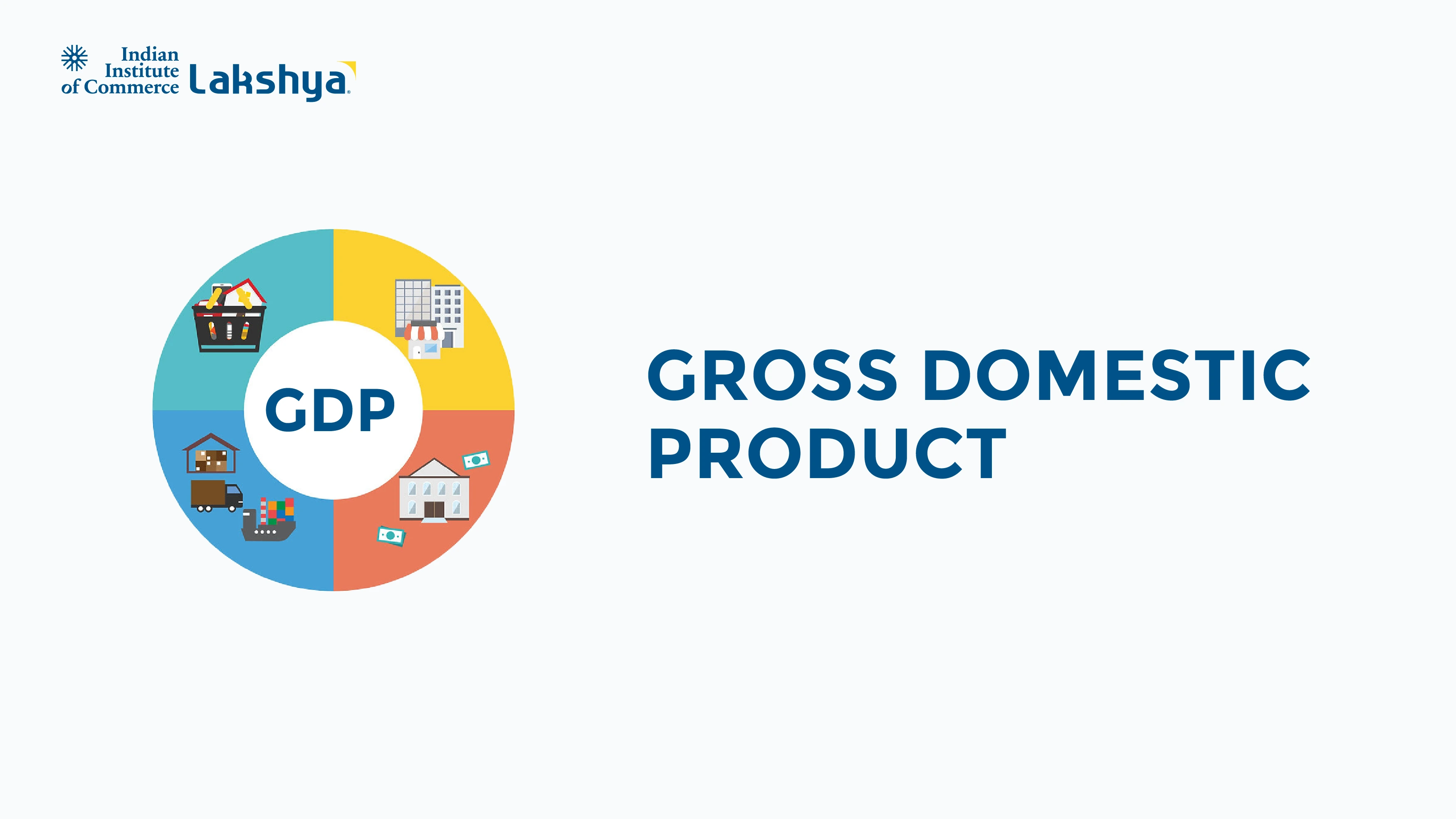
.webp)

